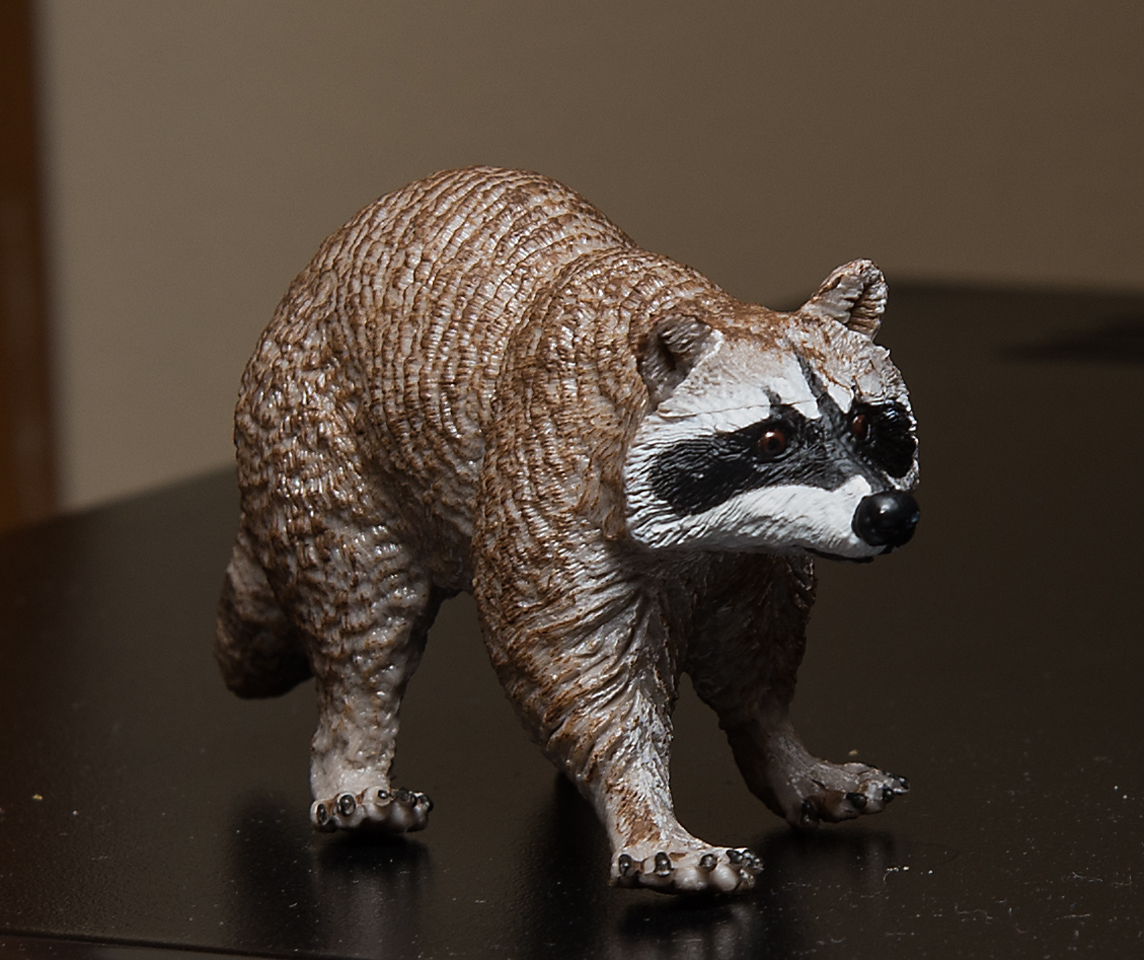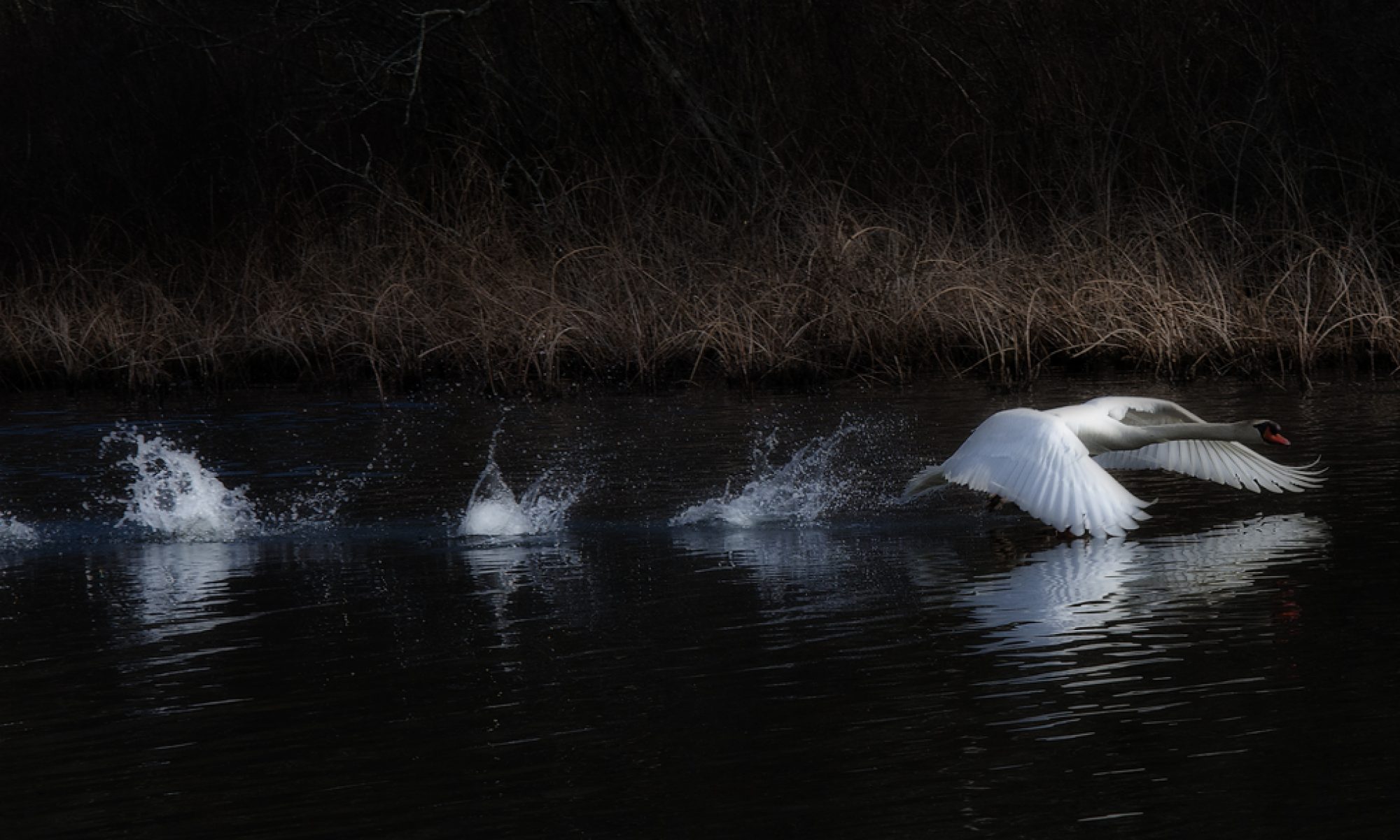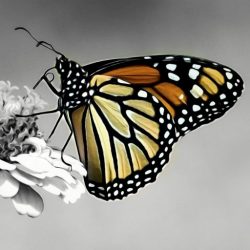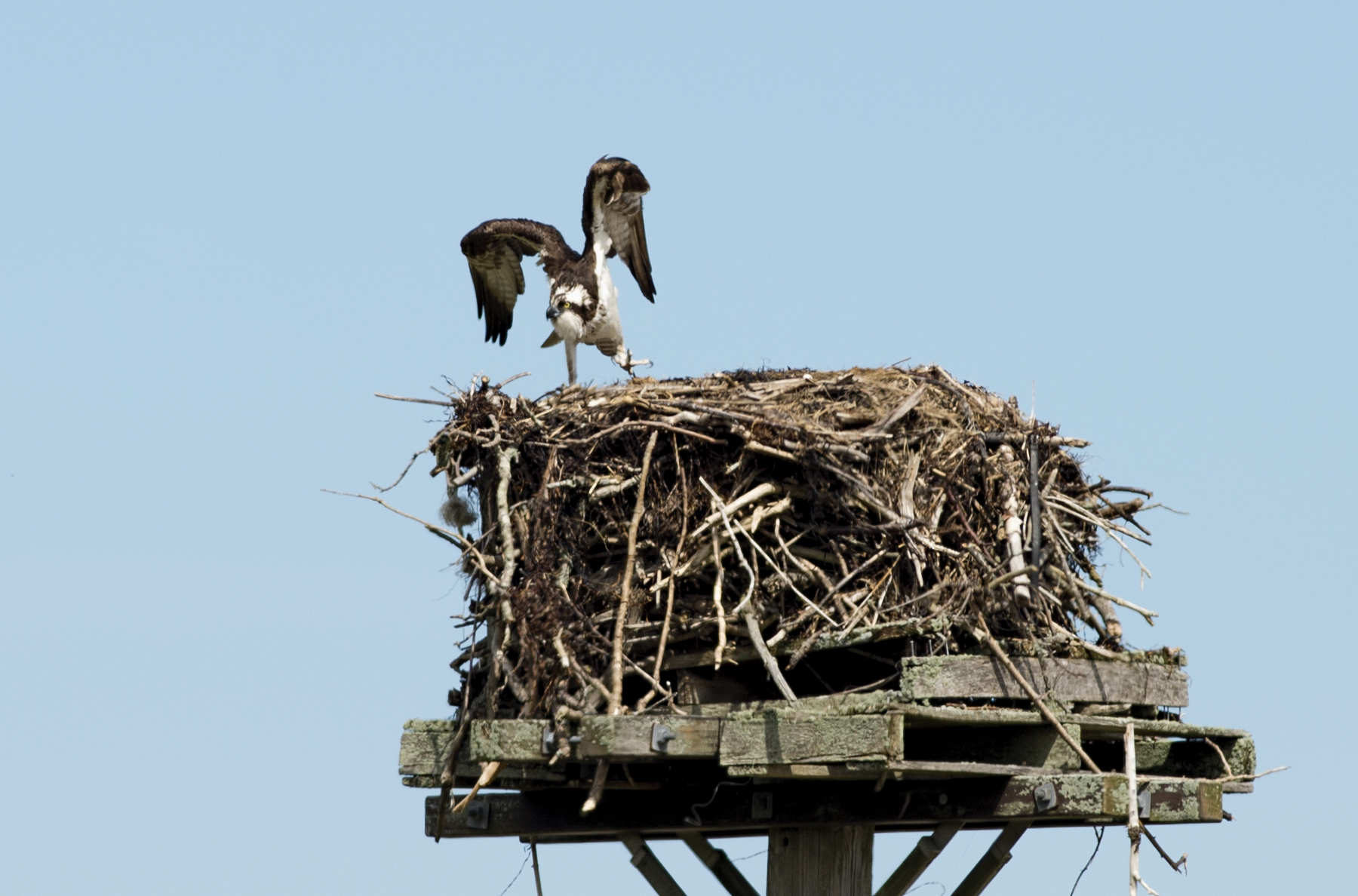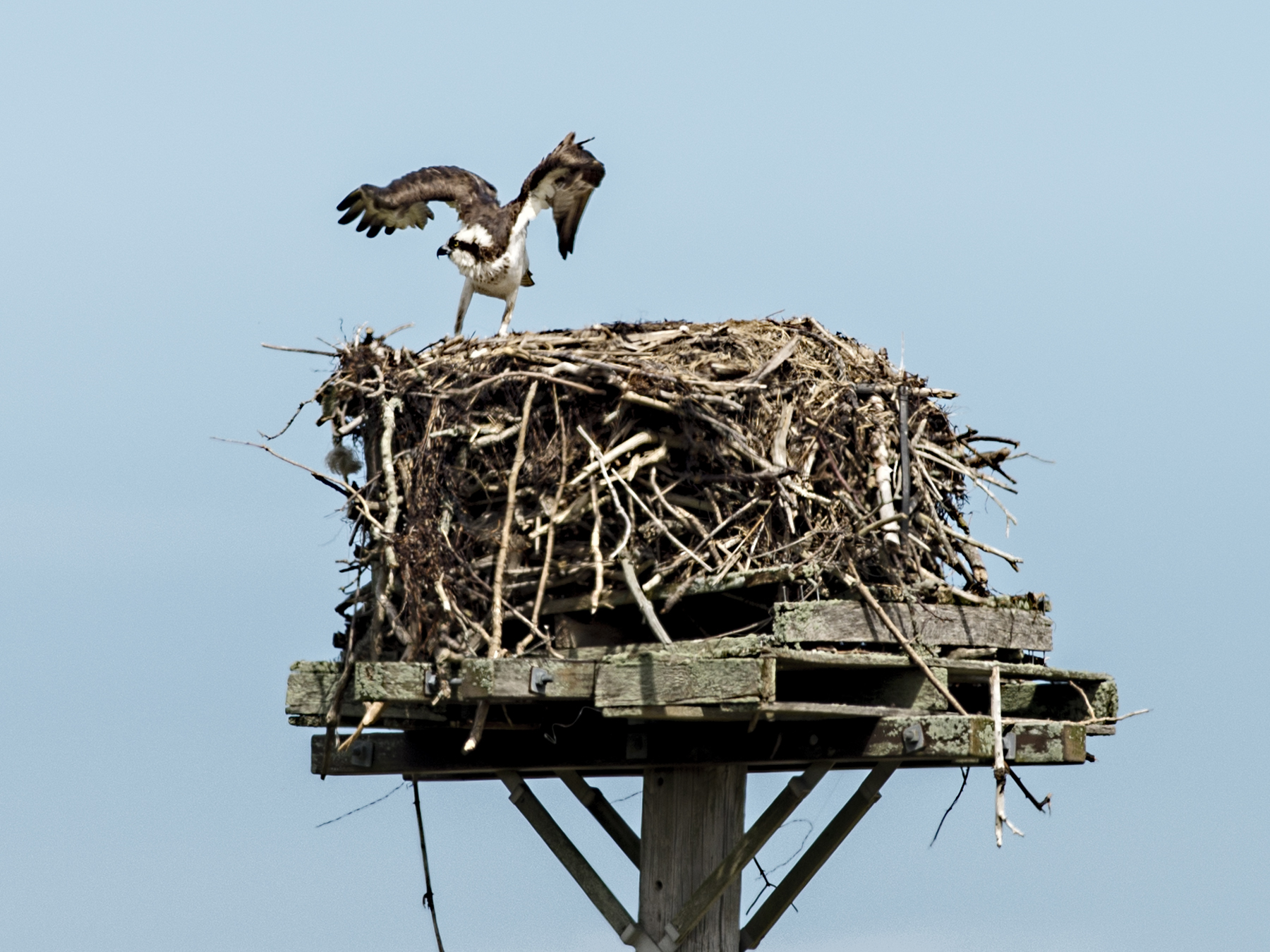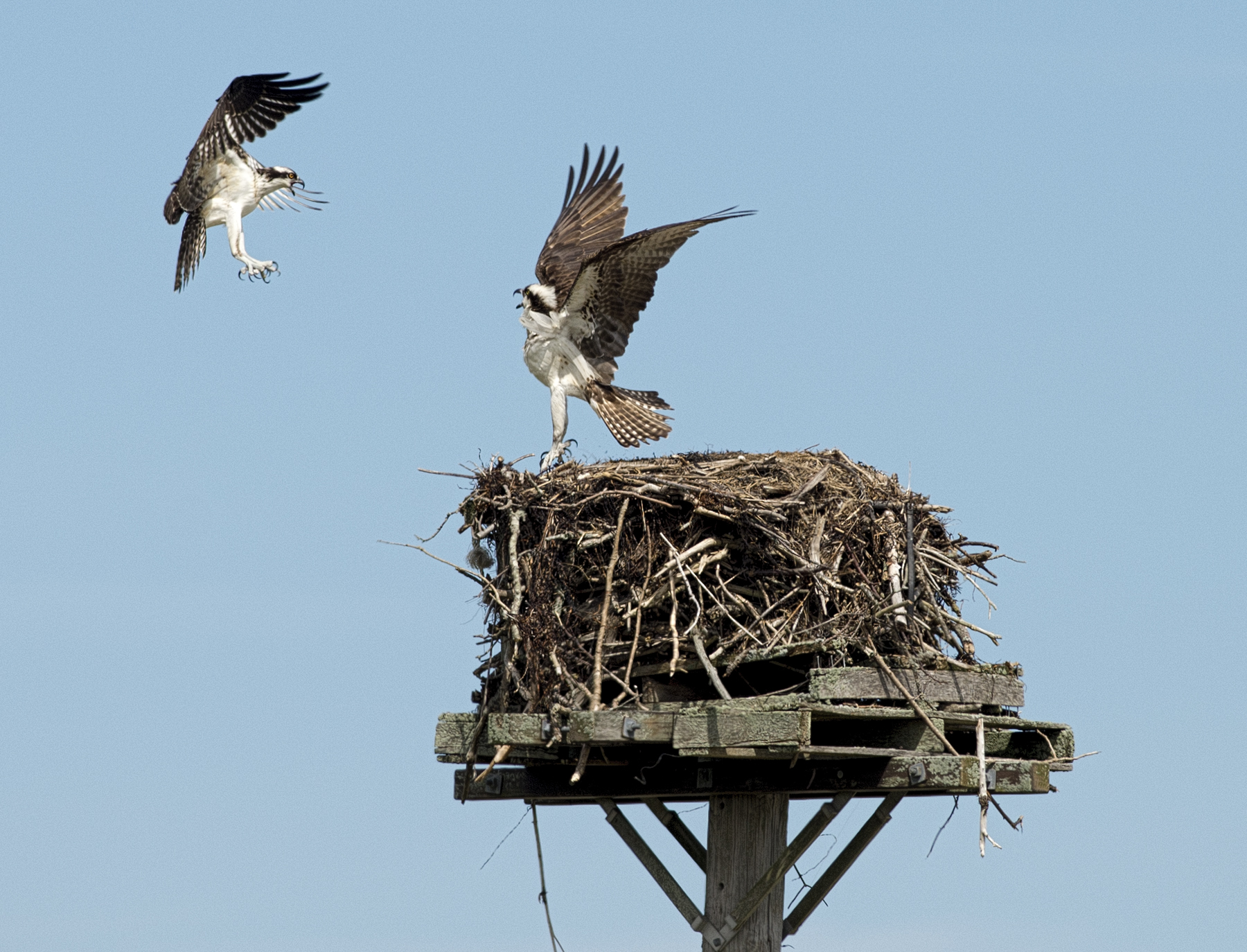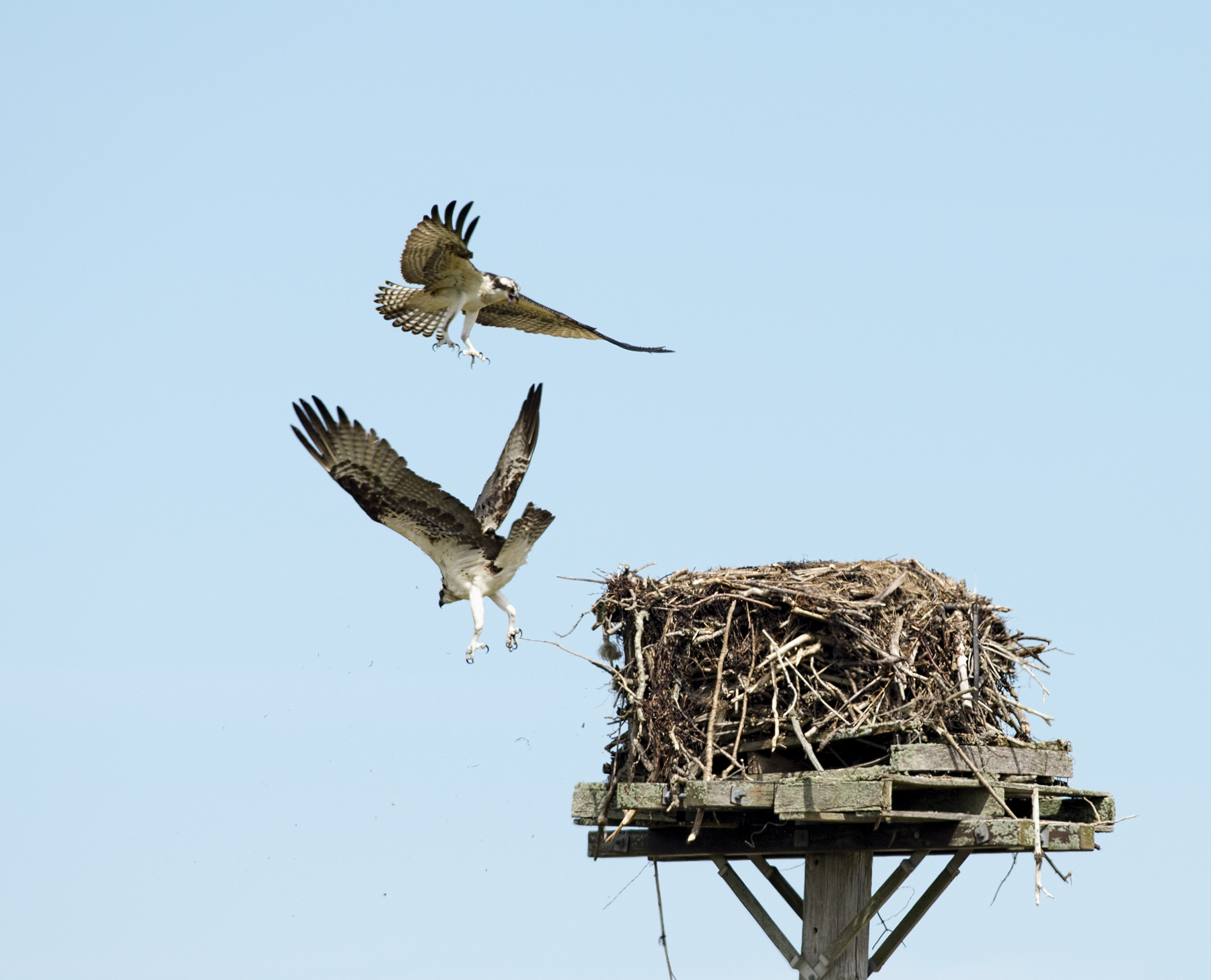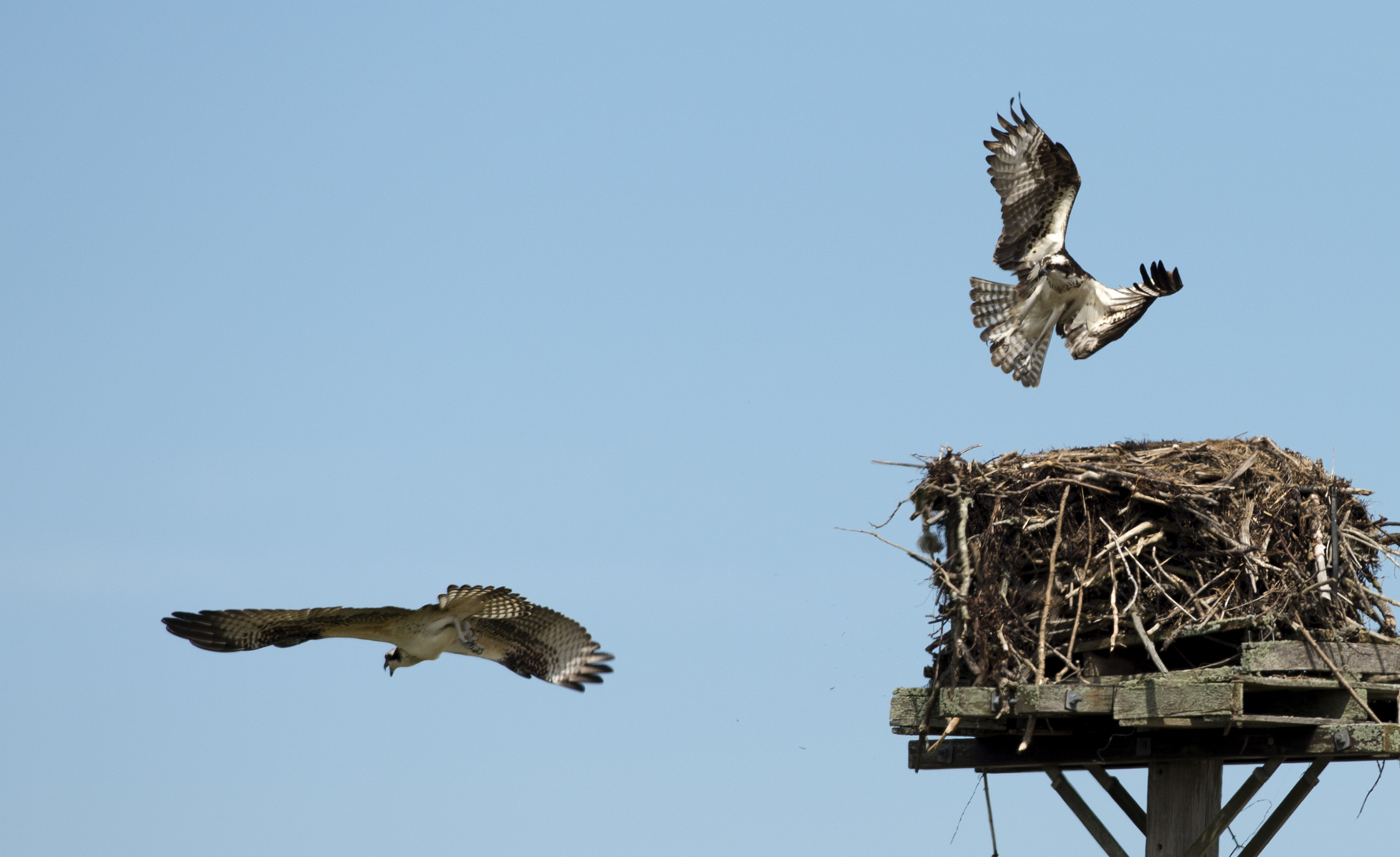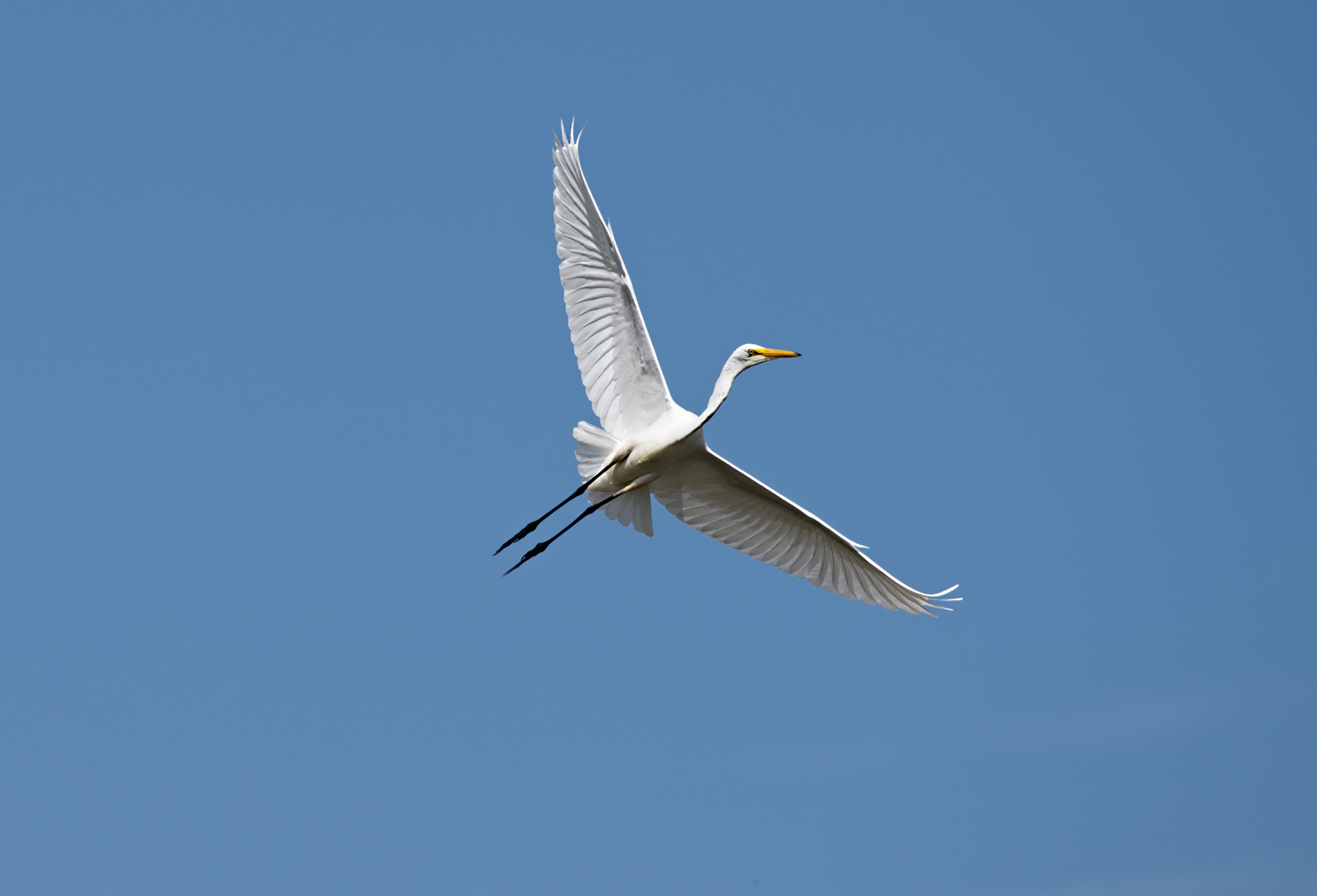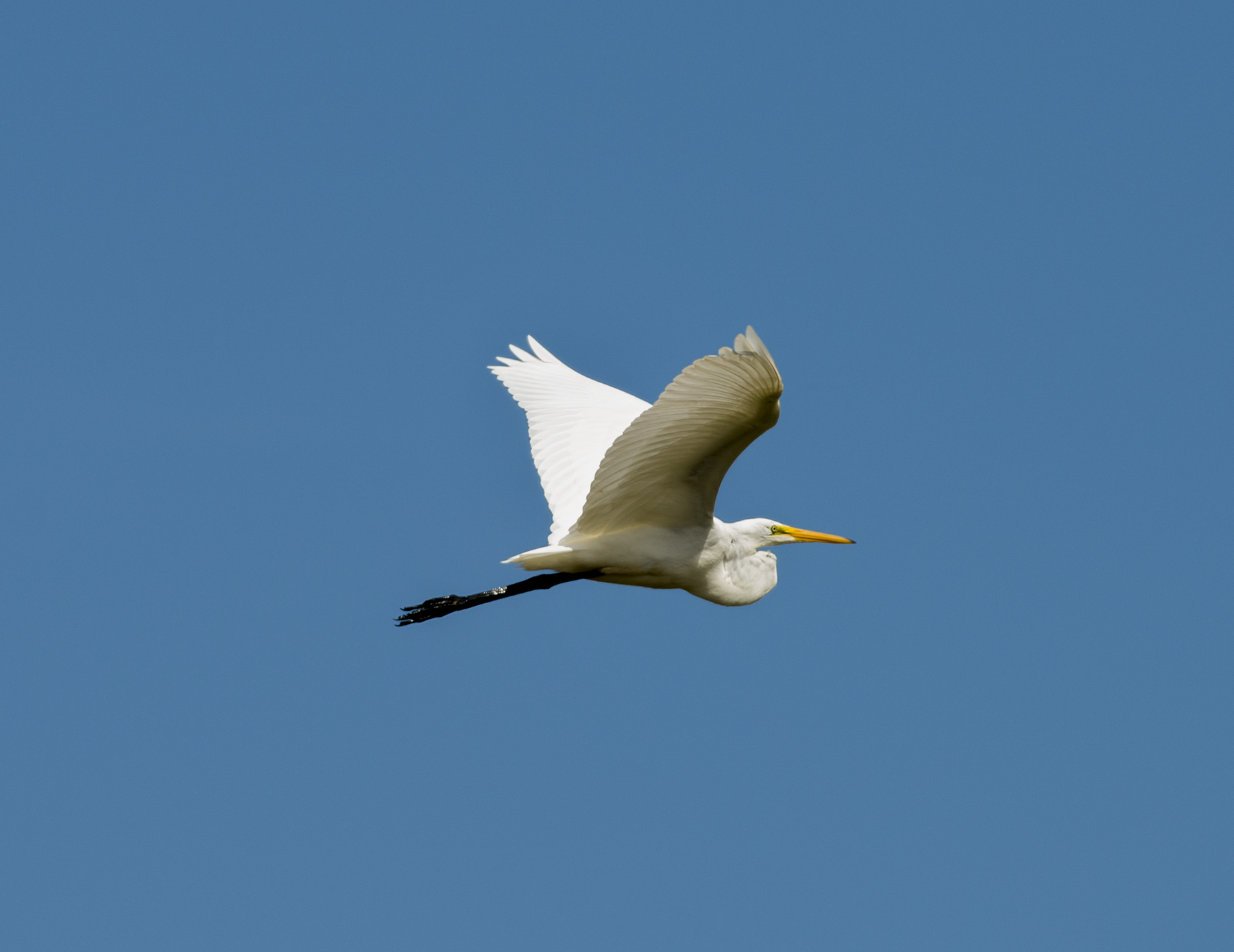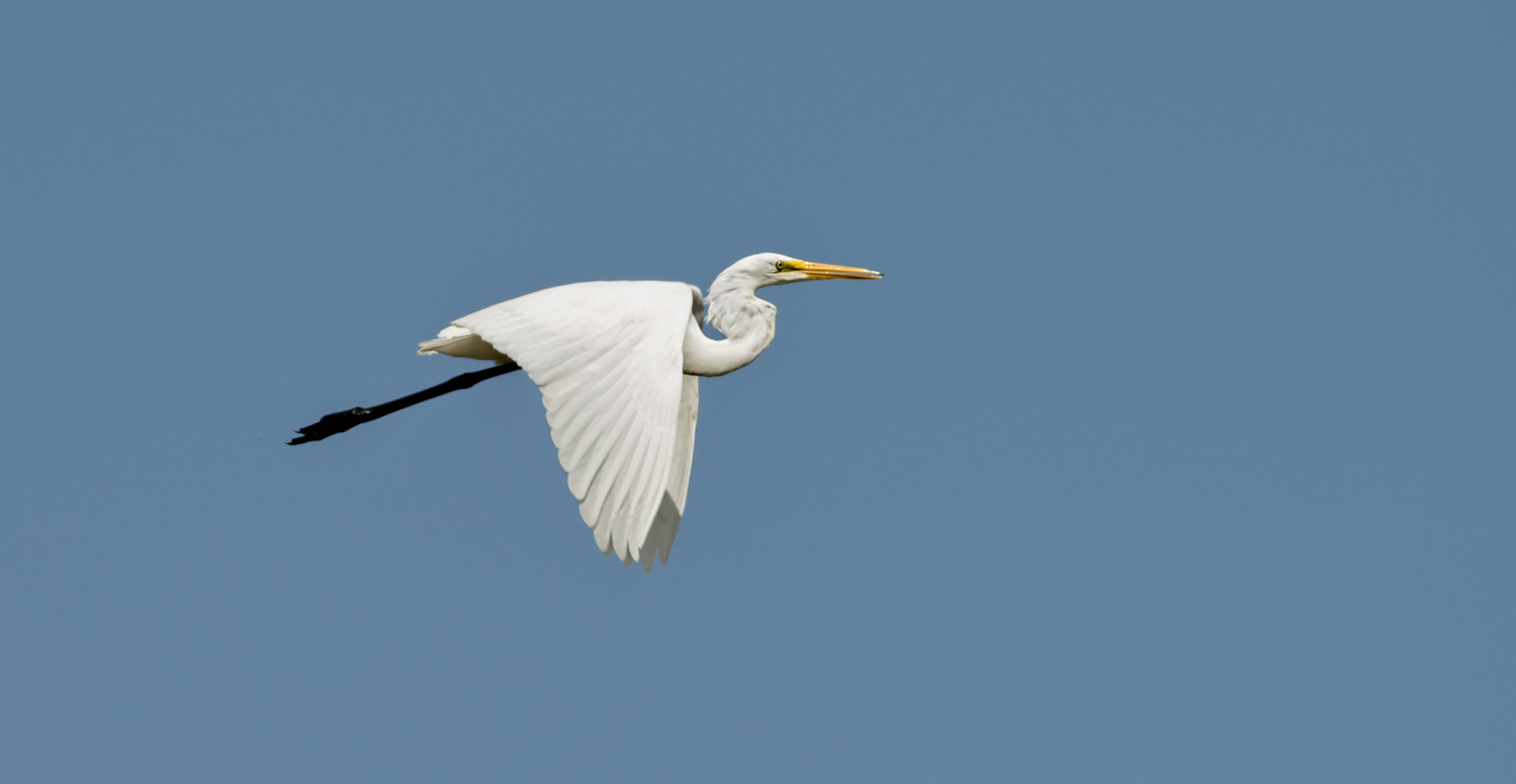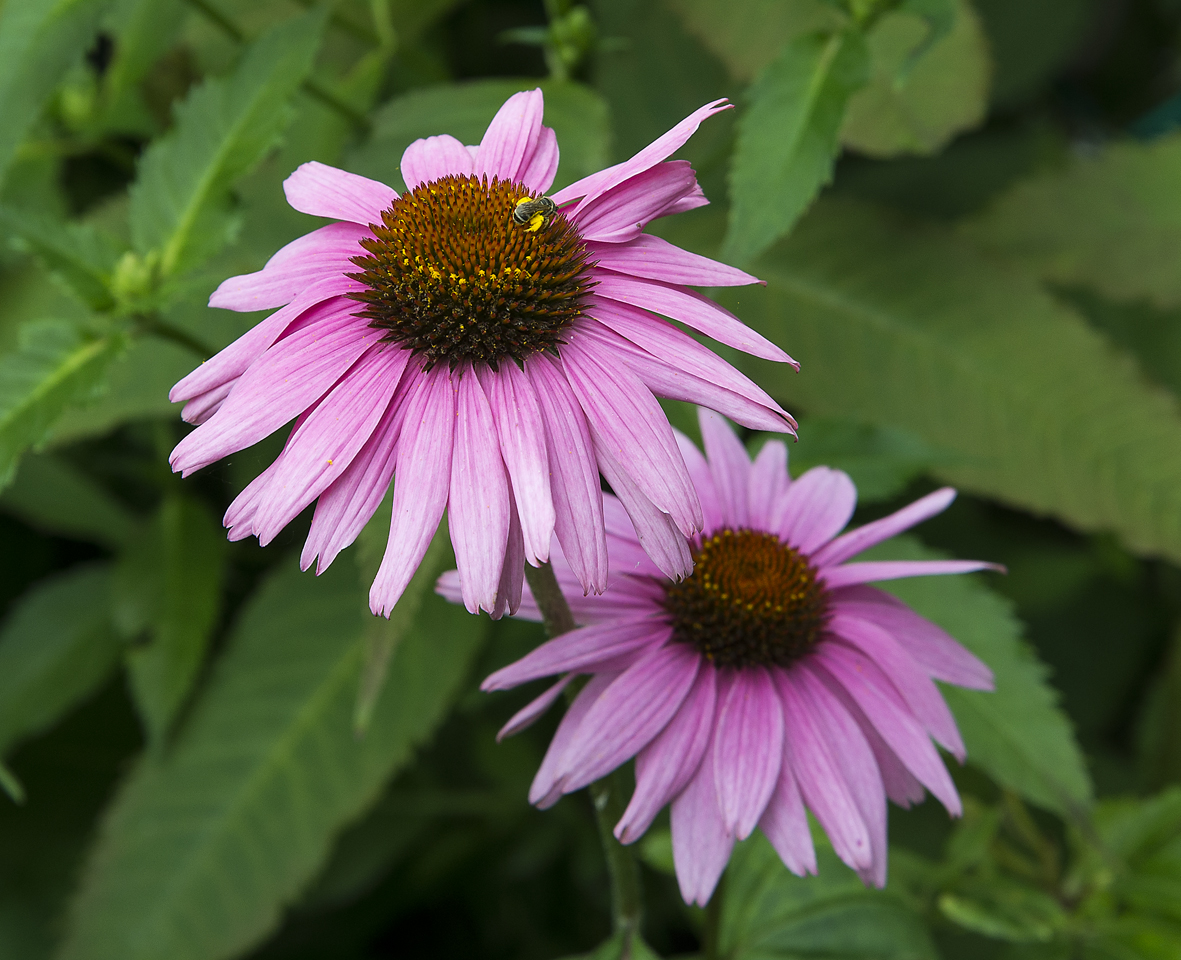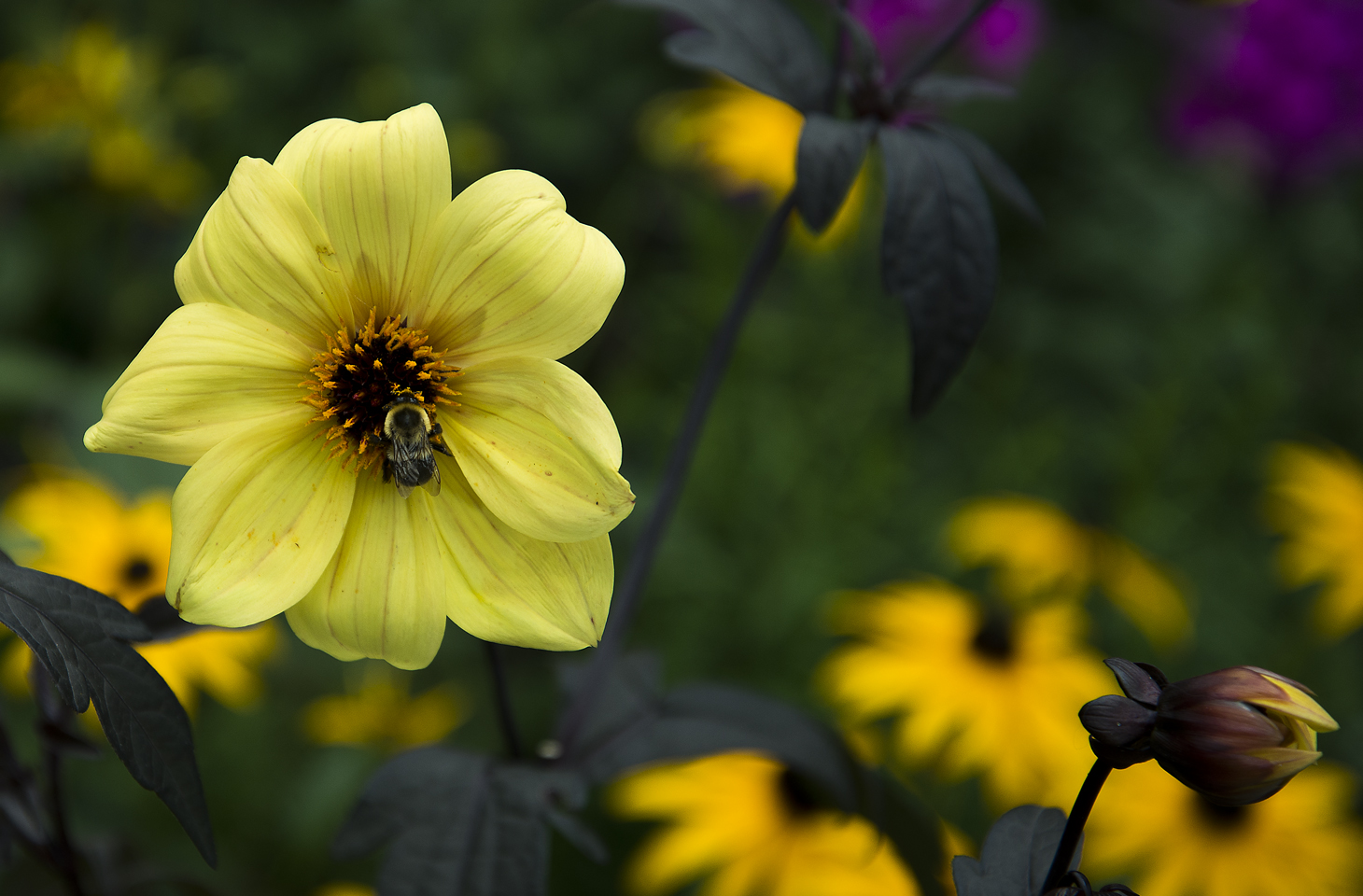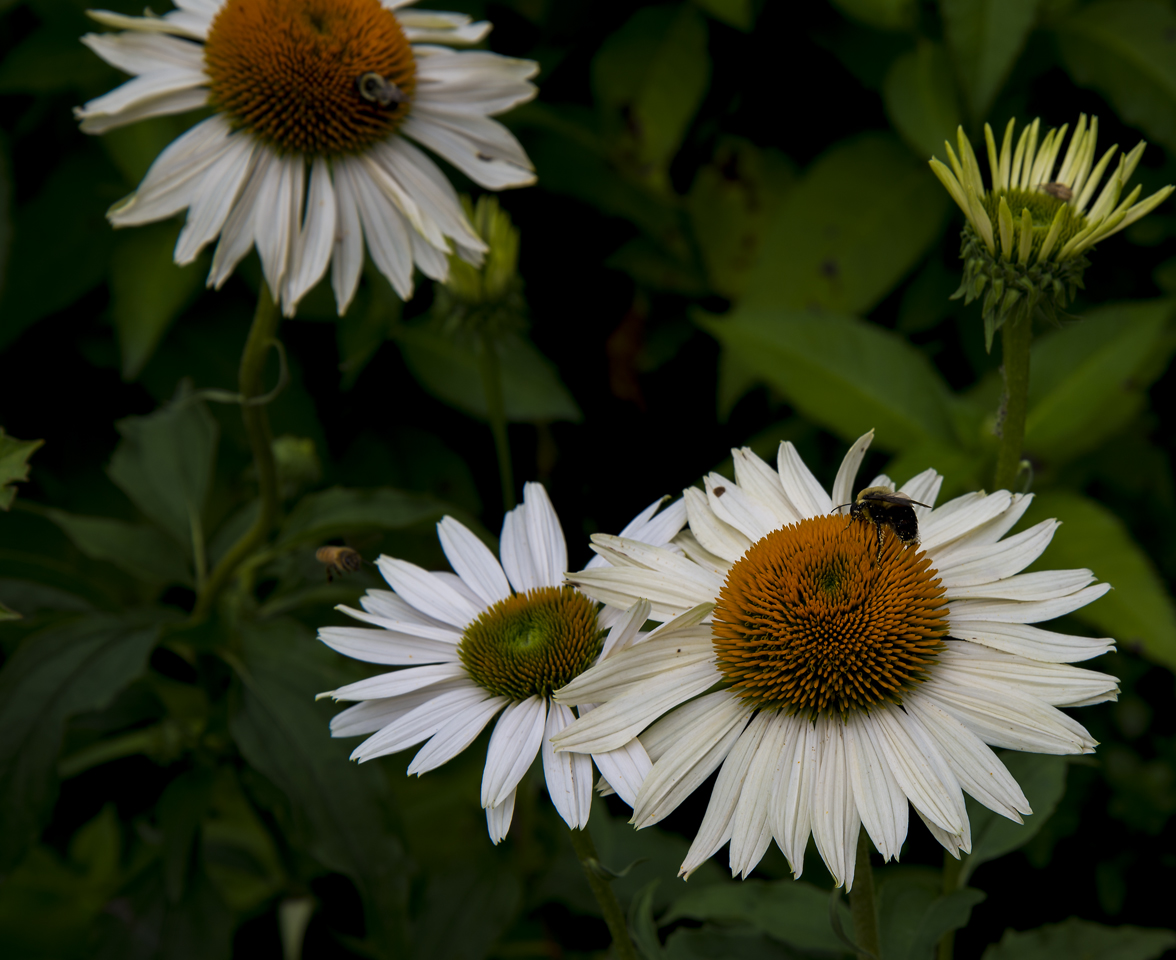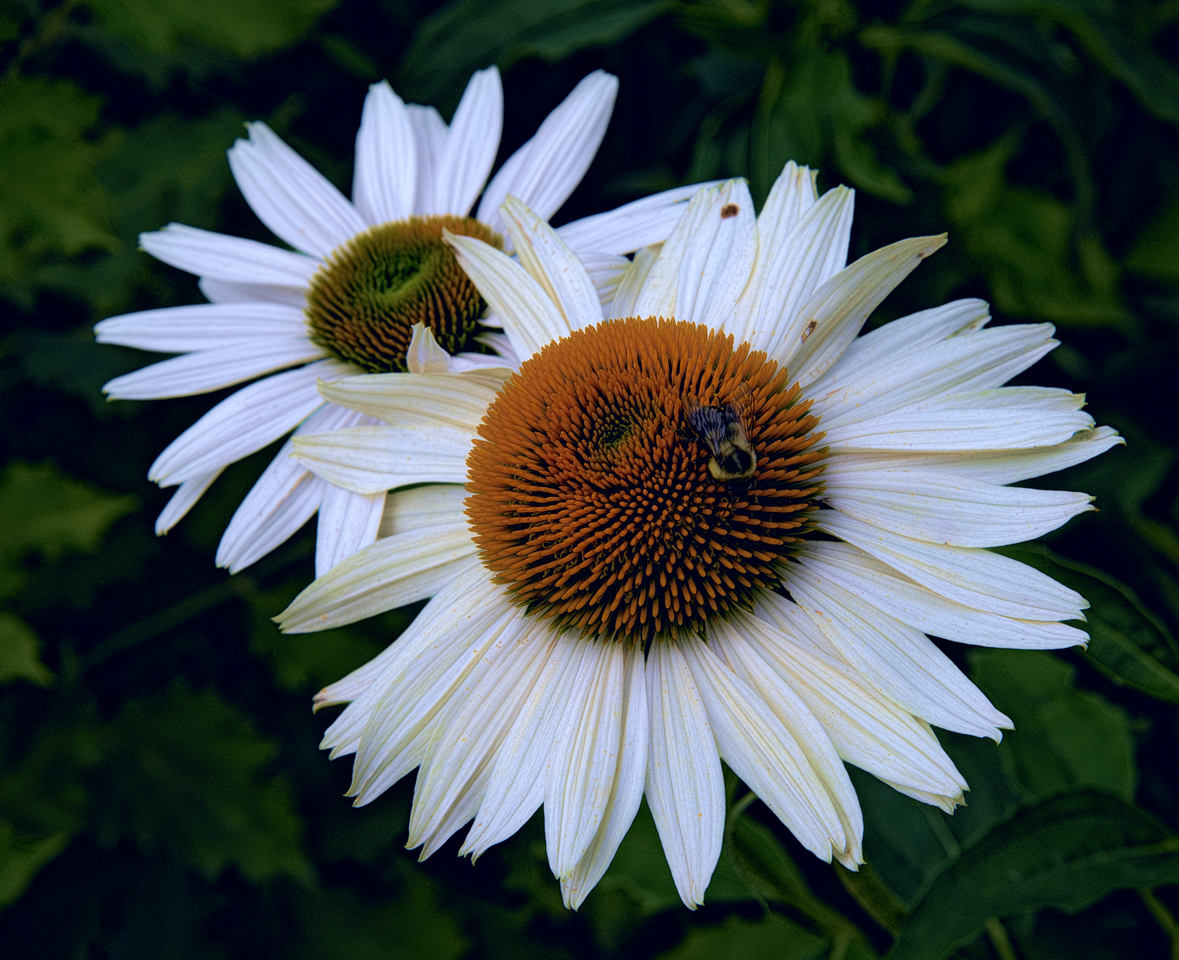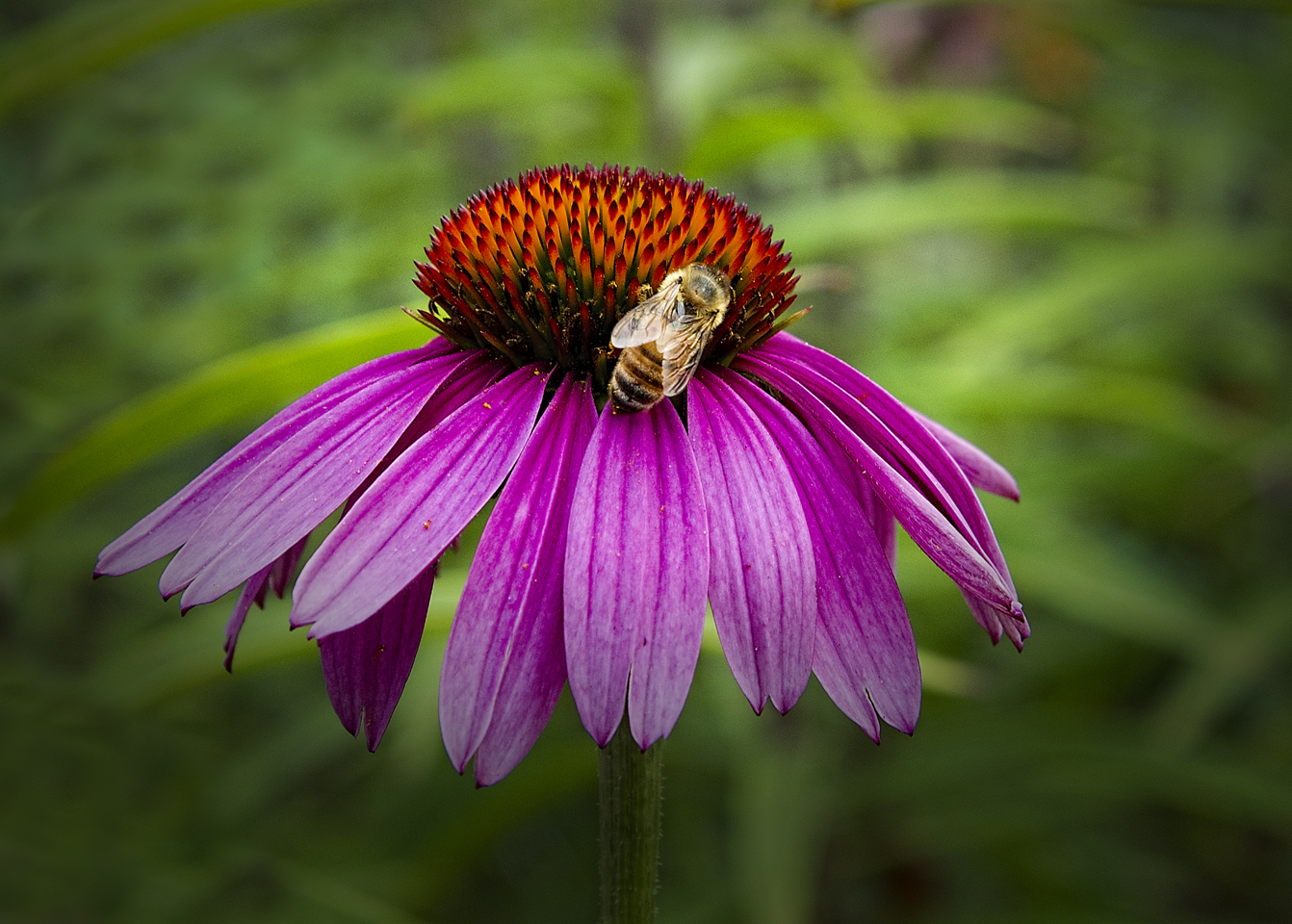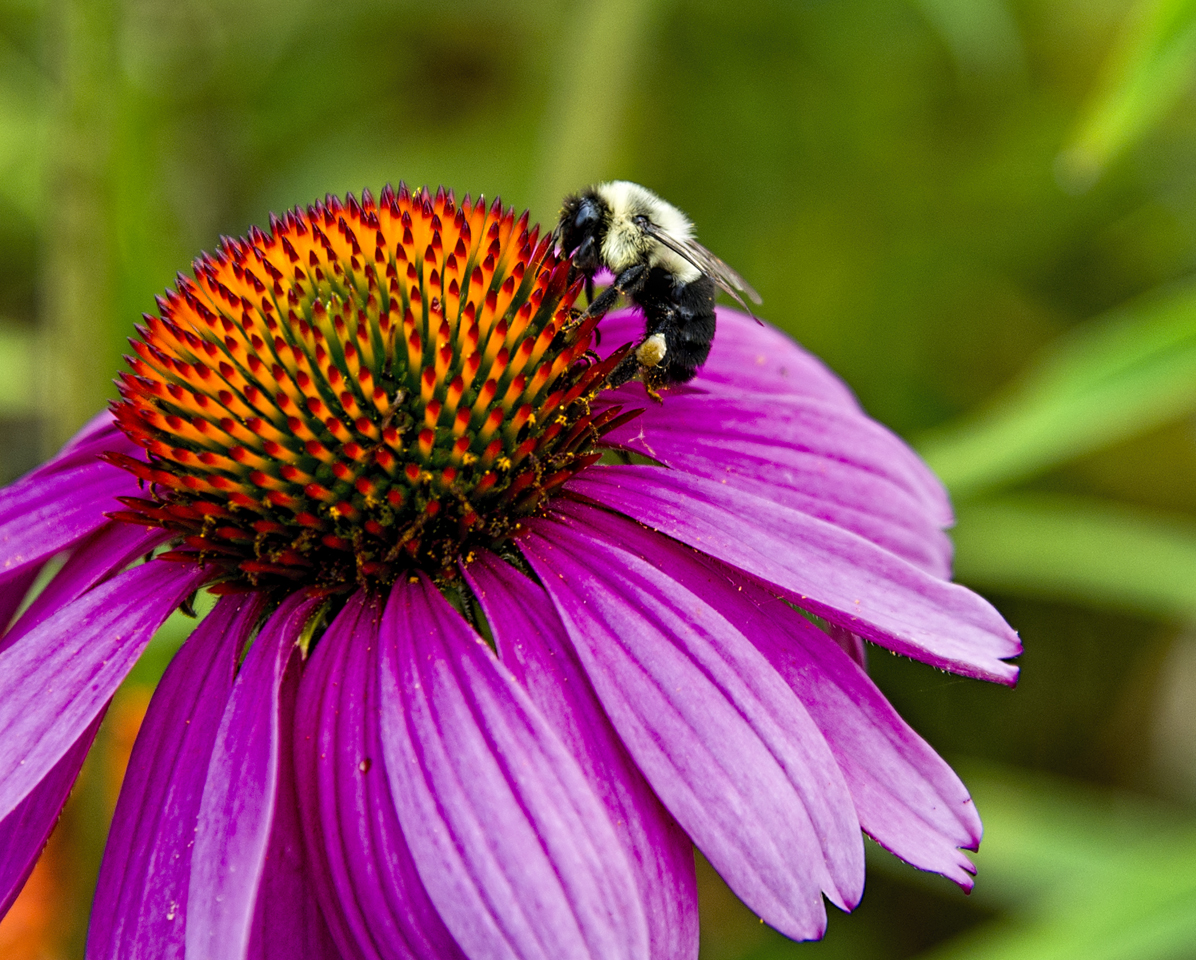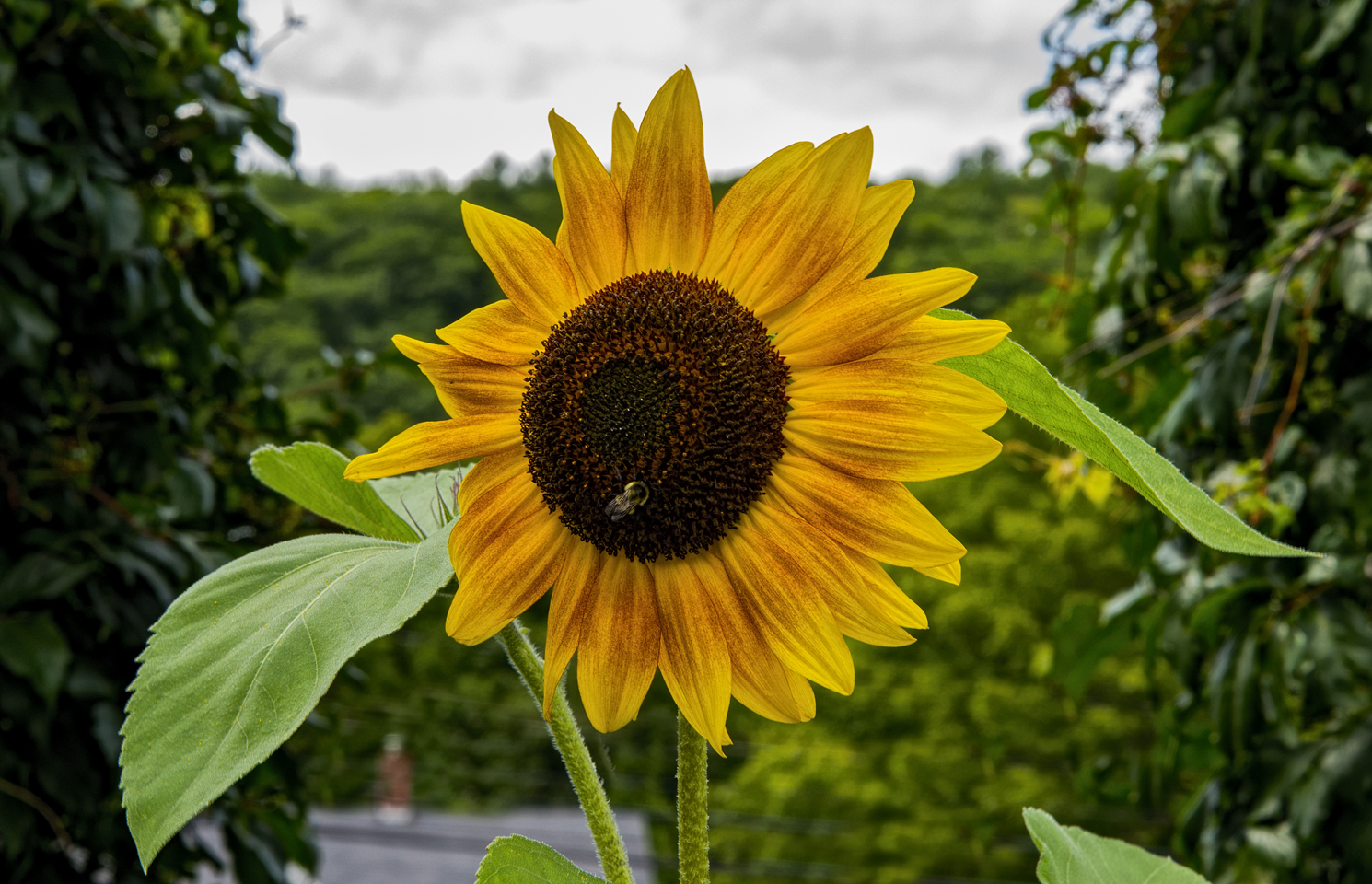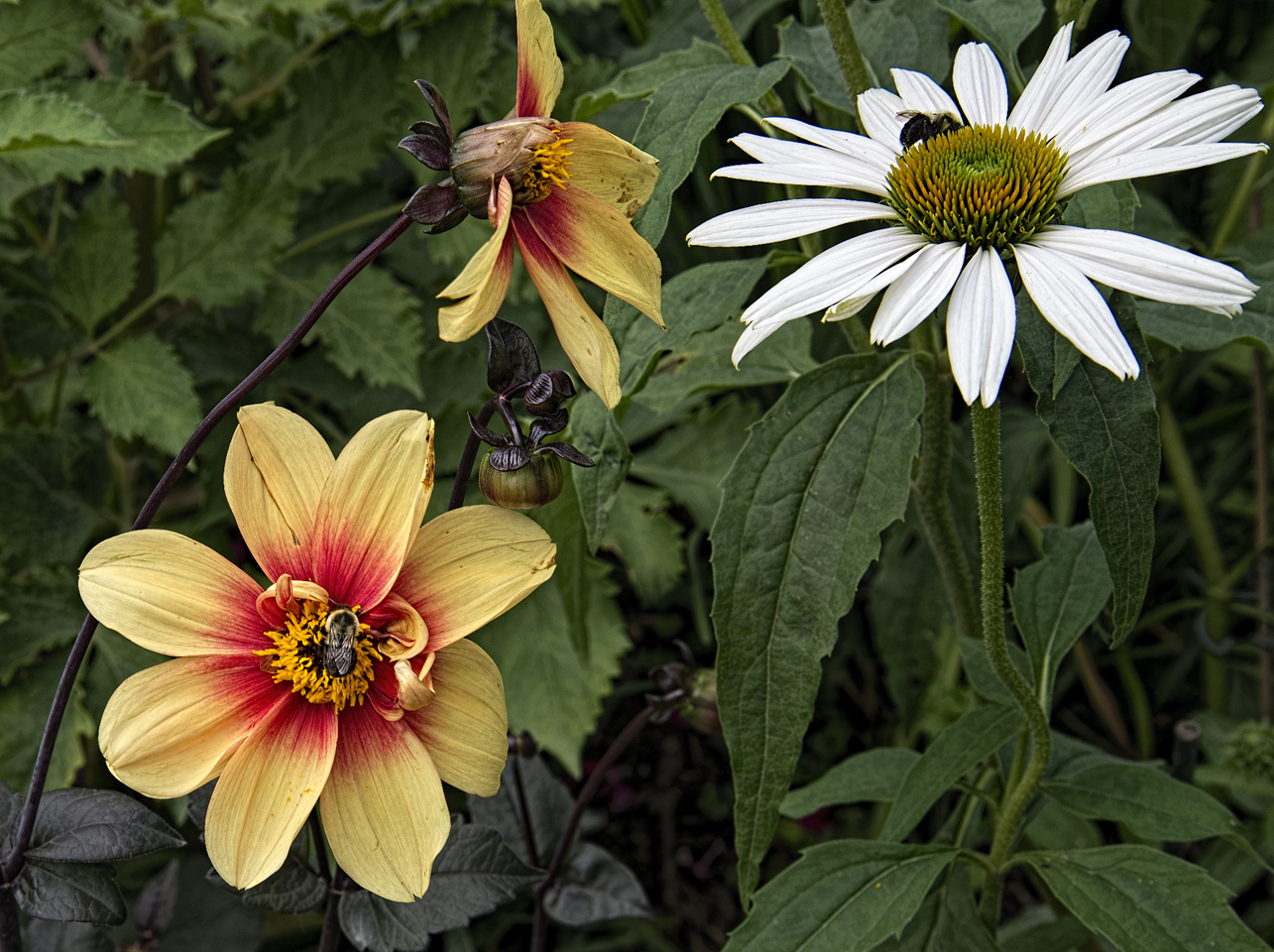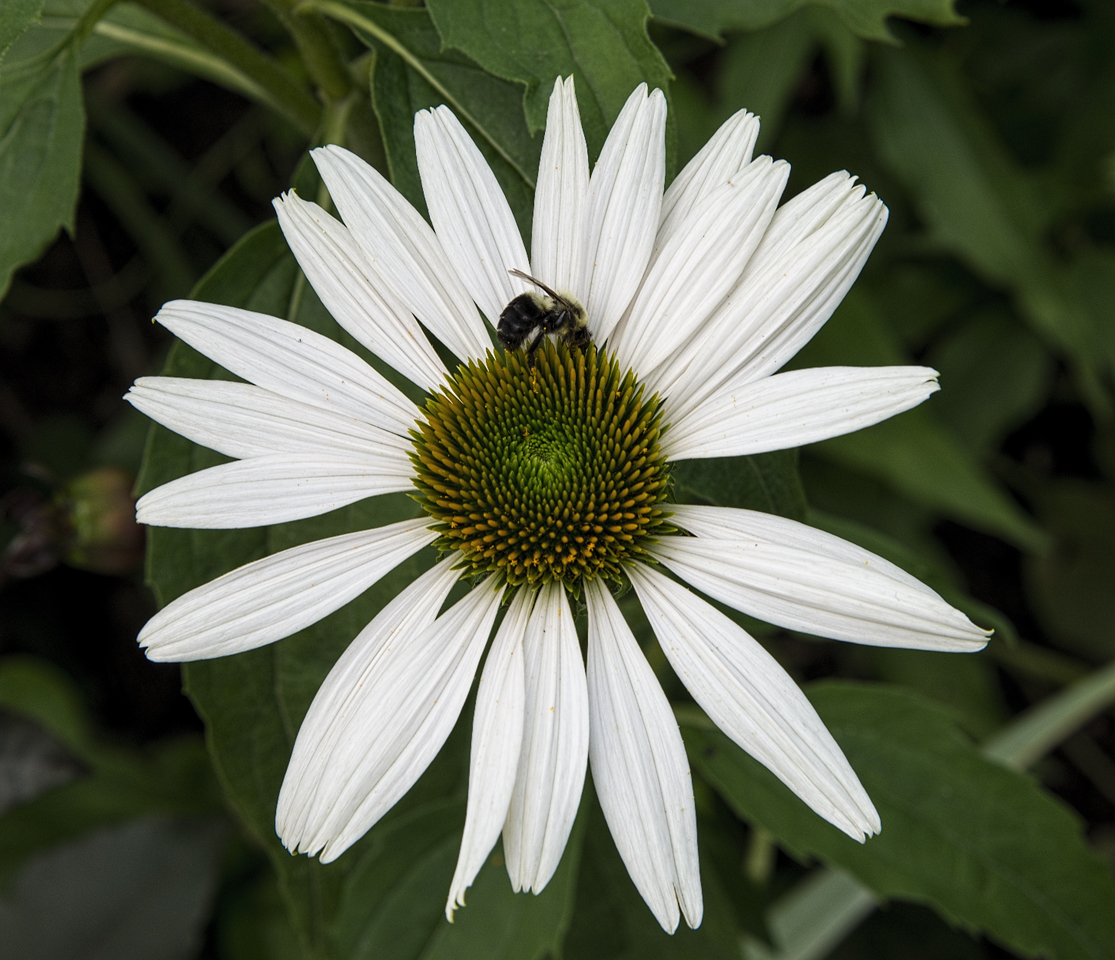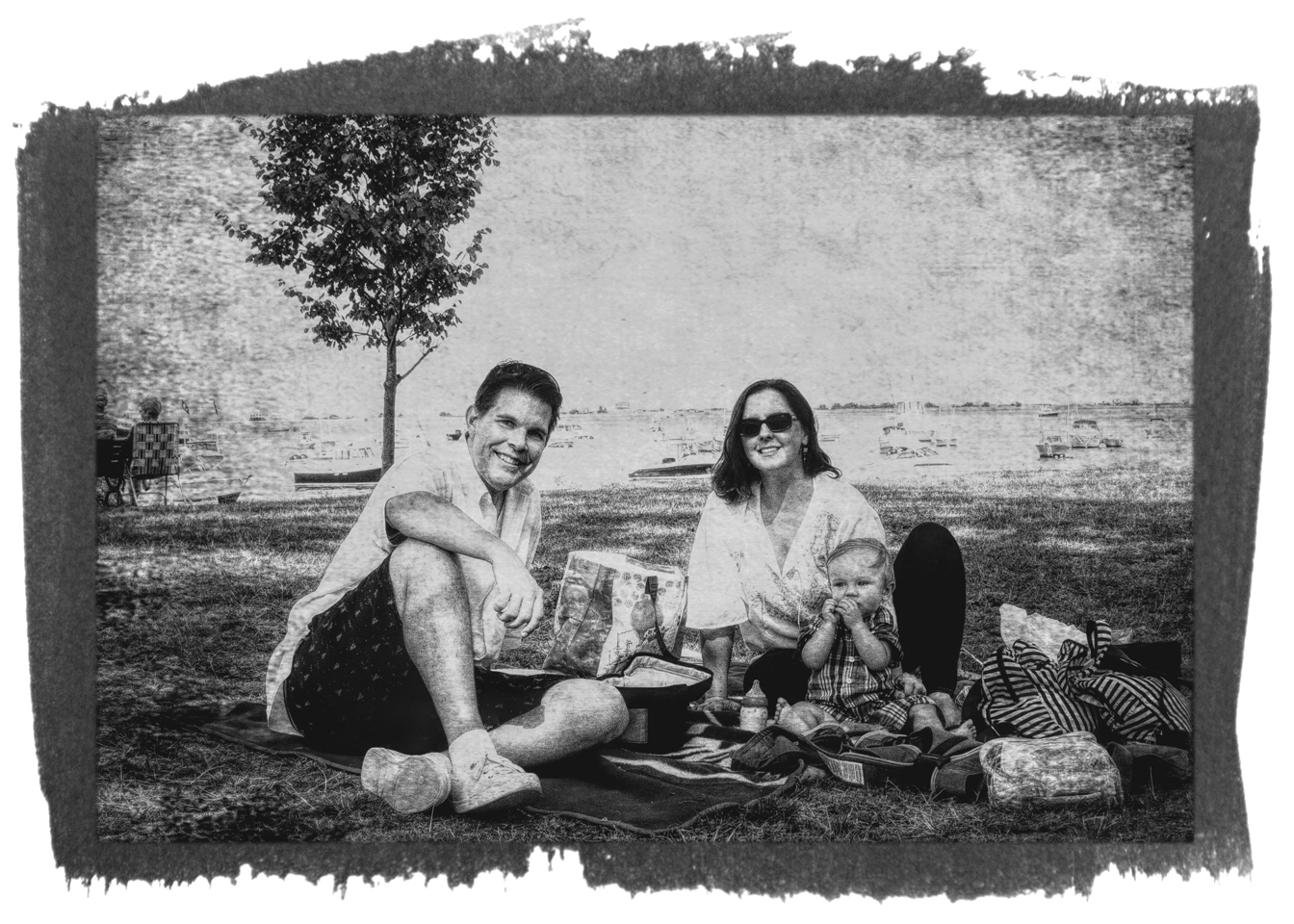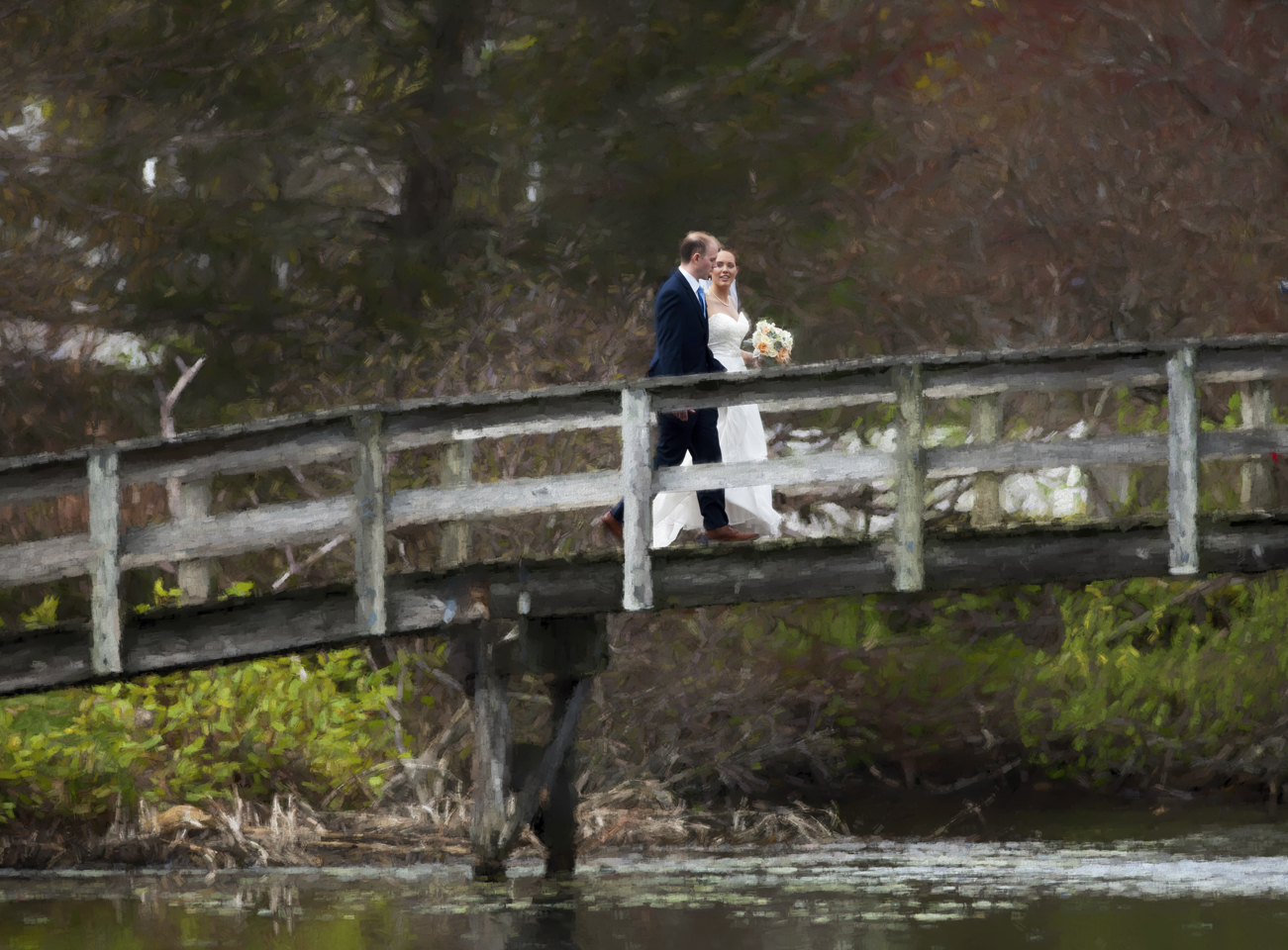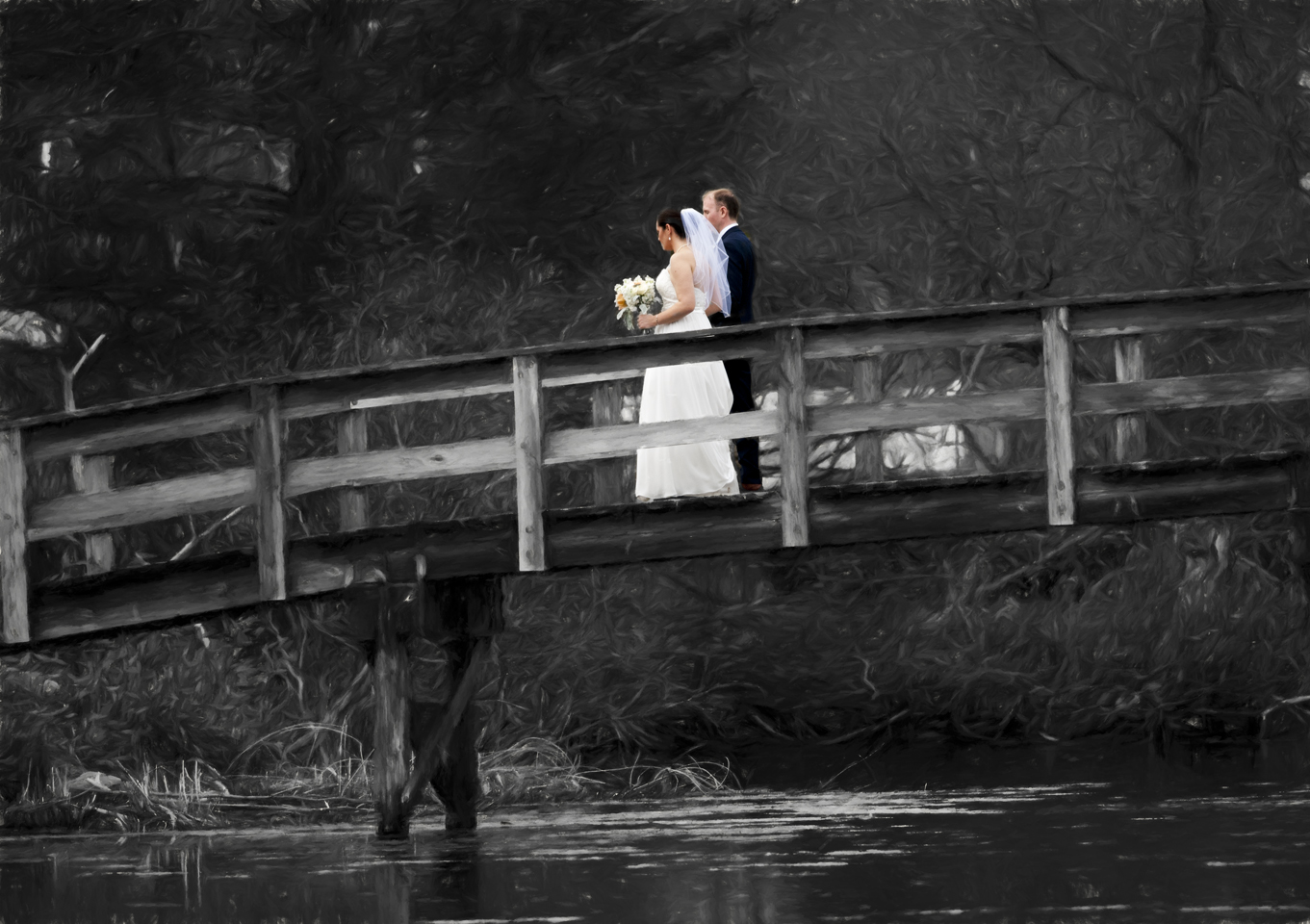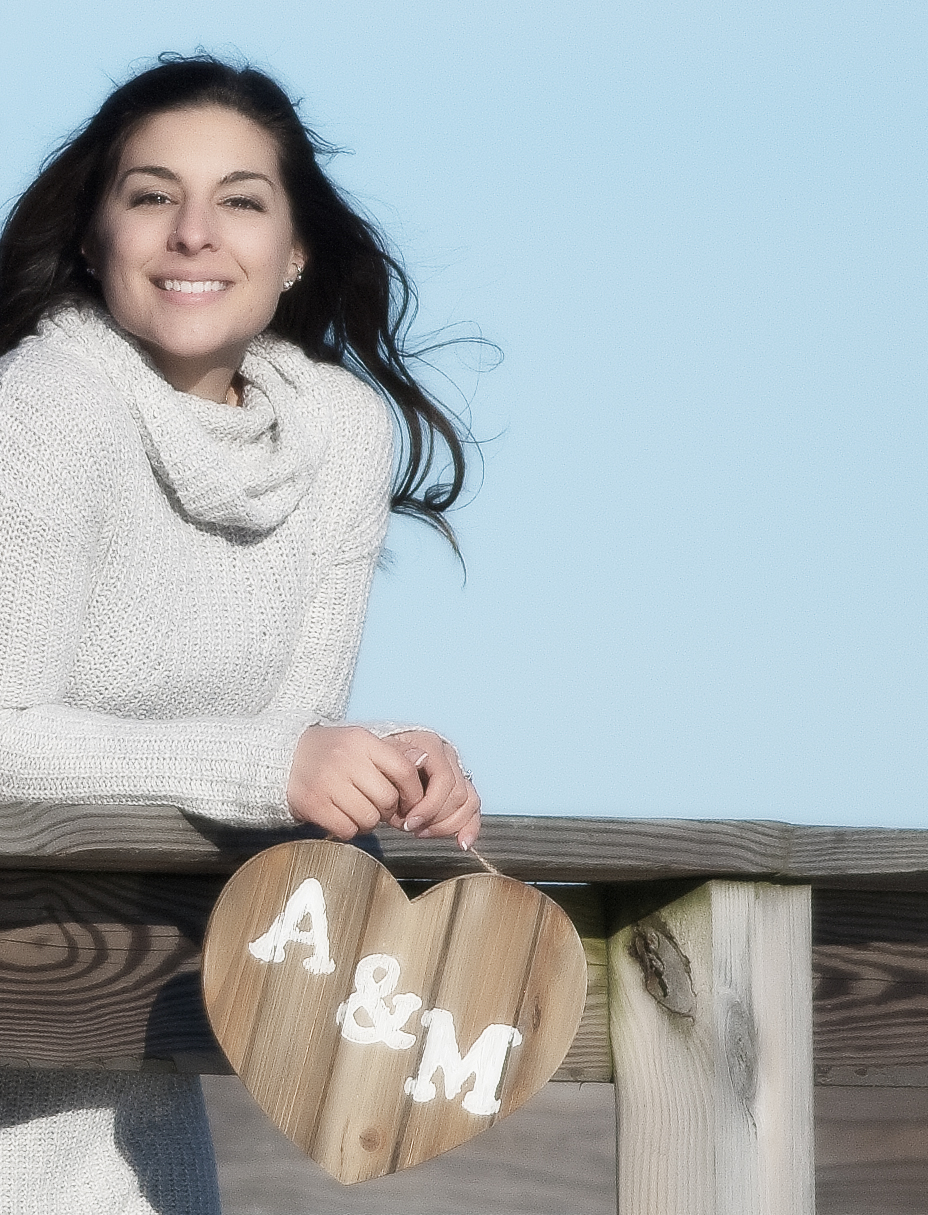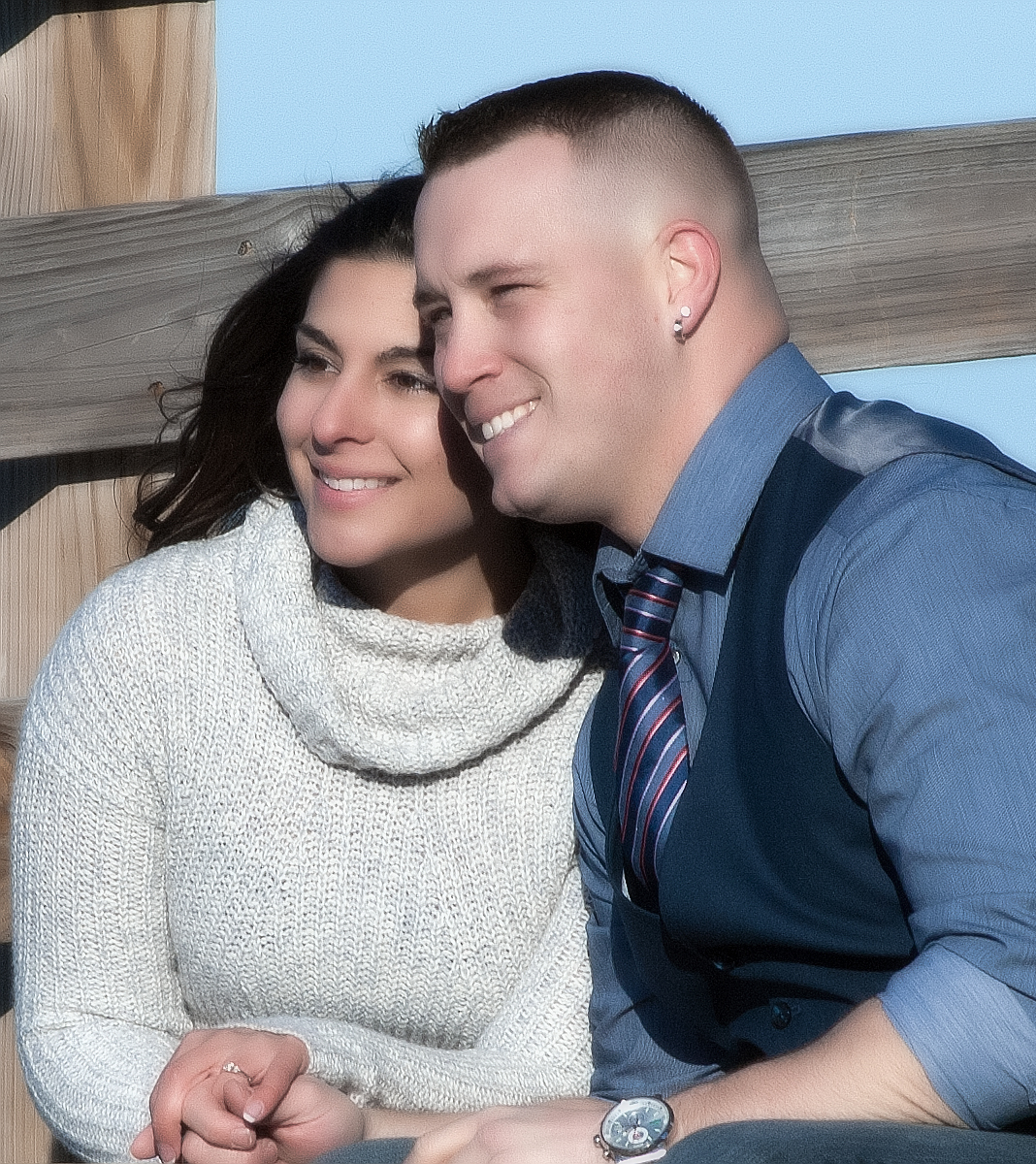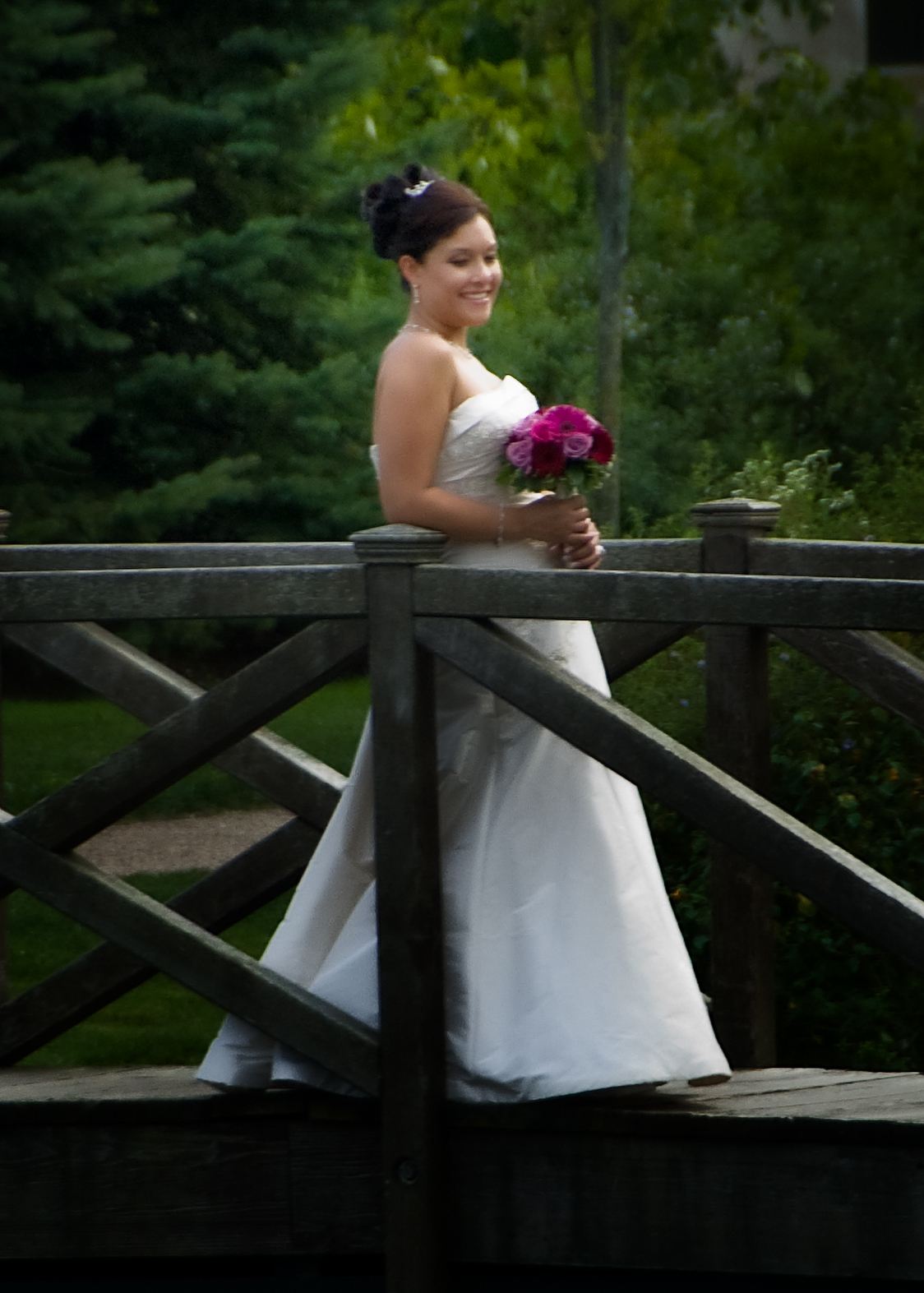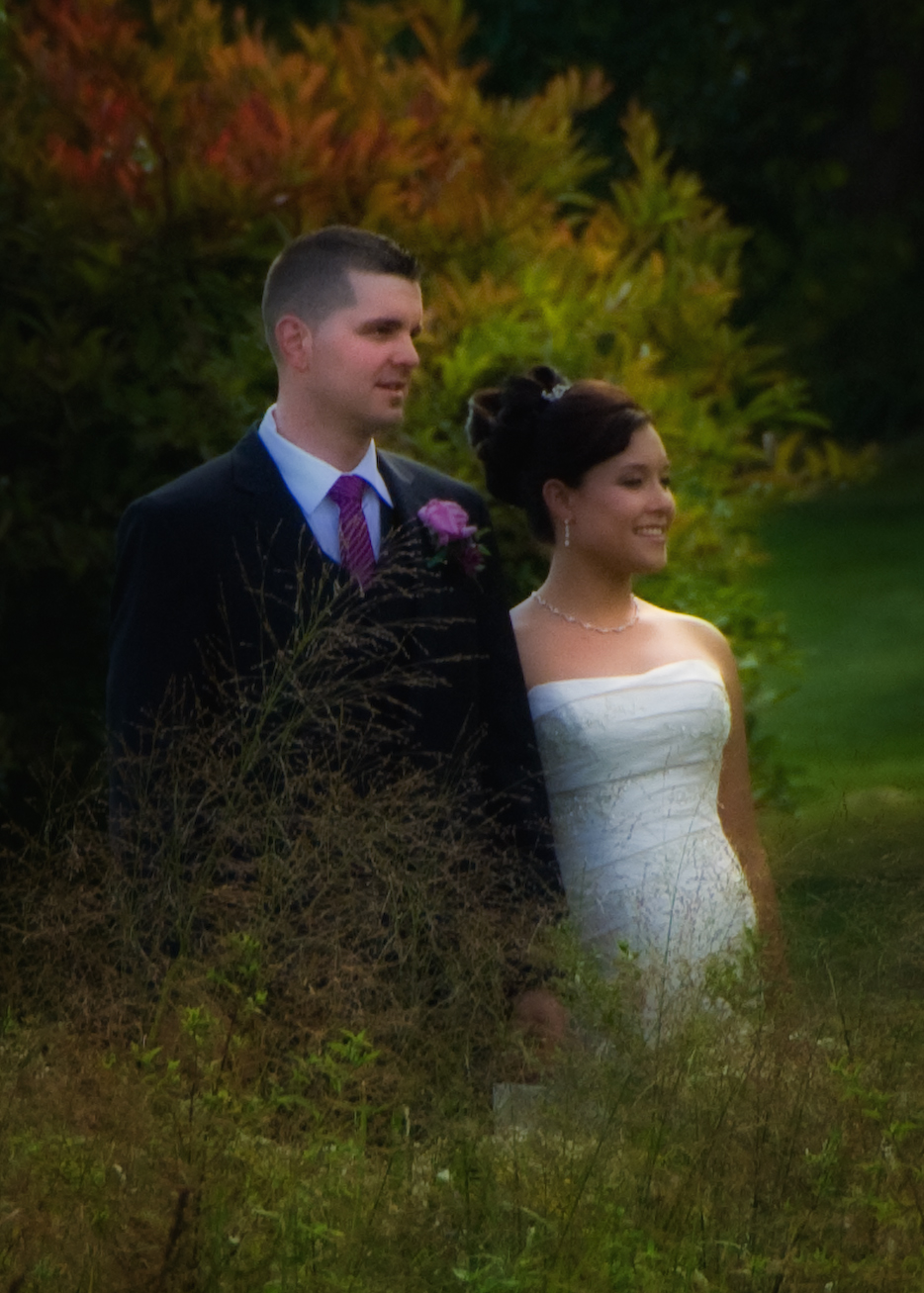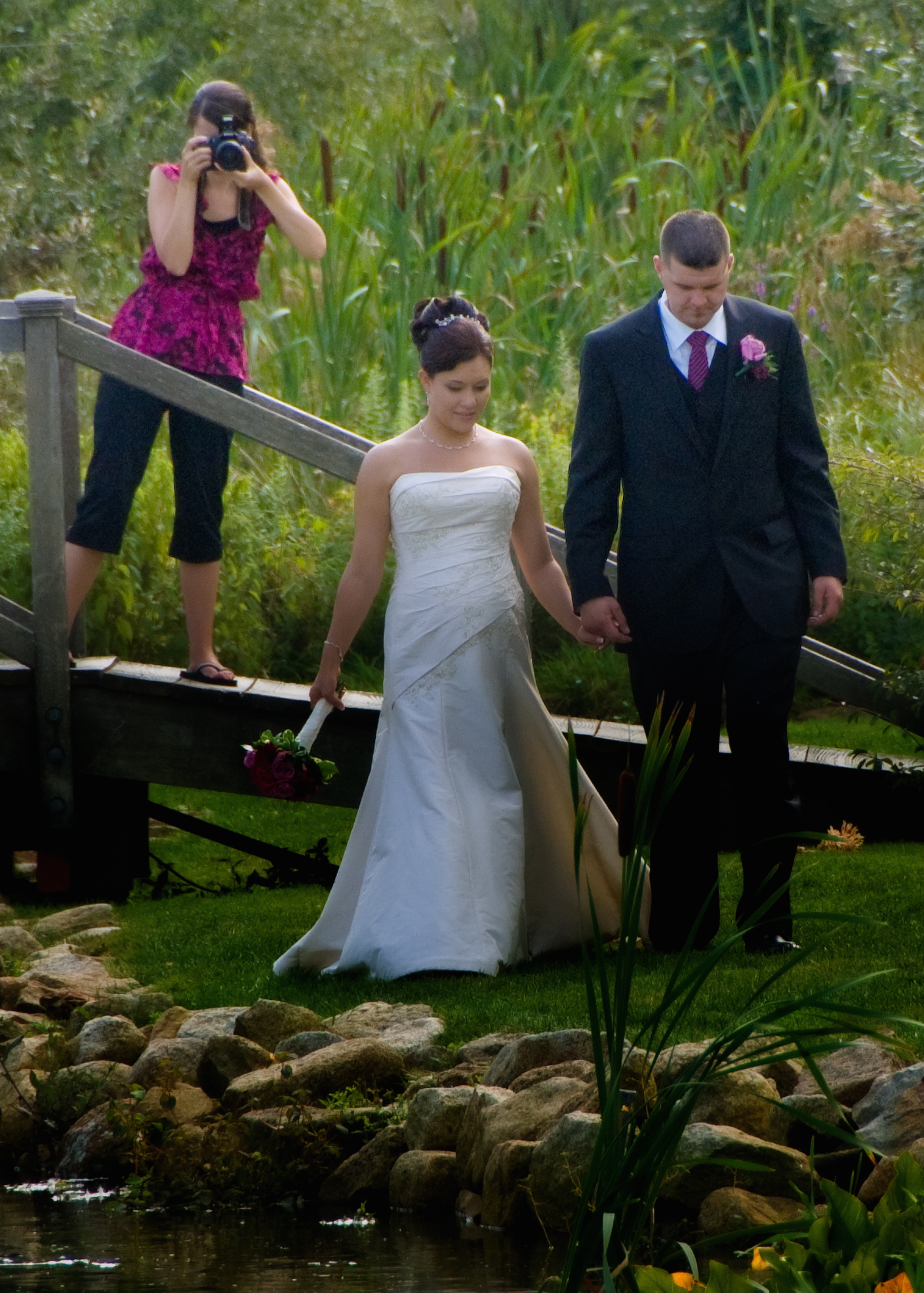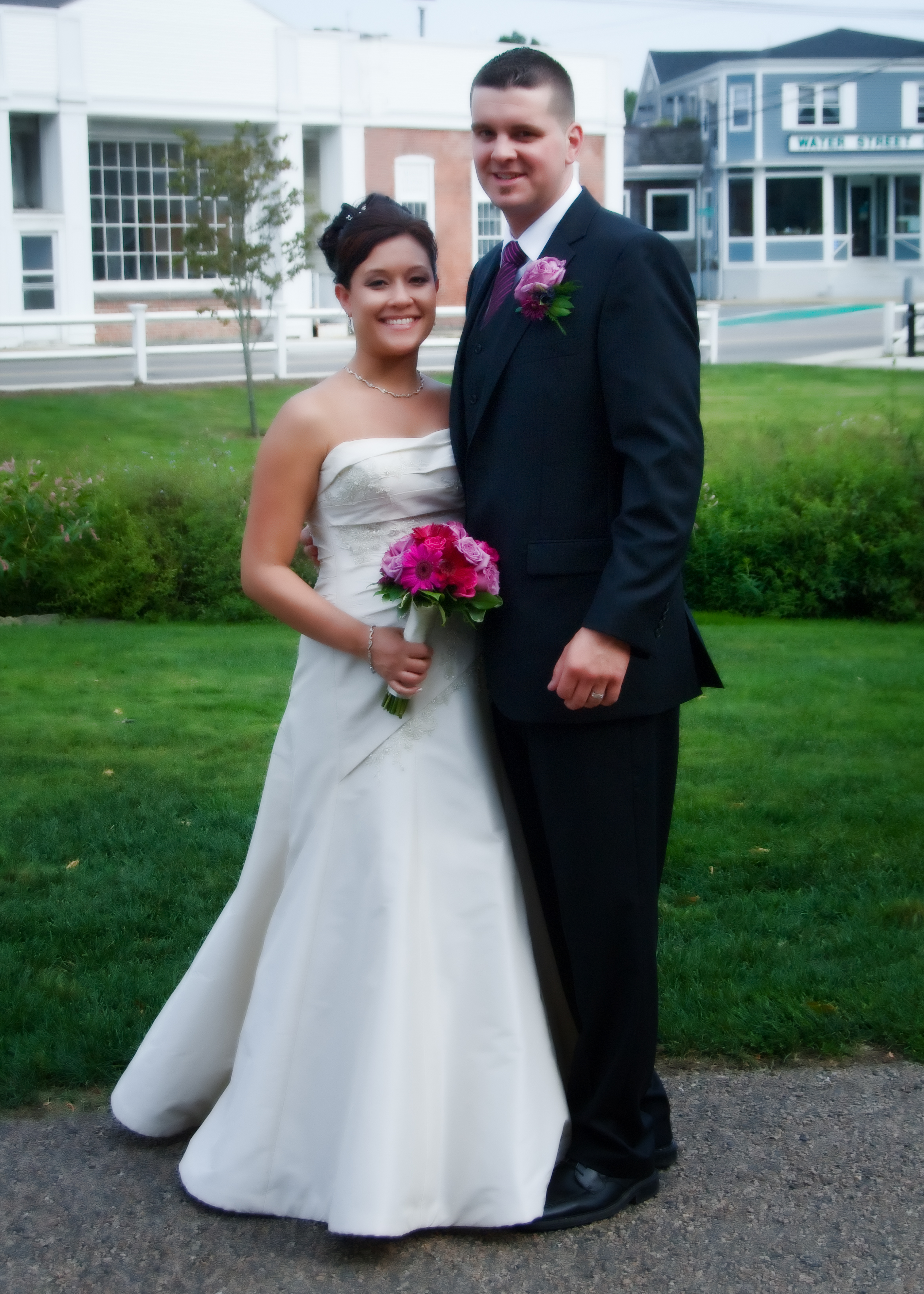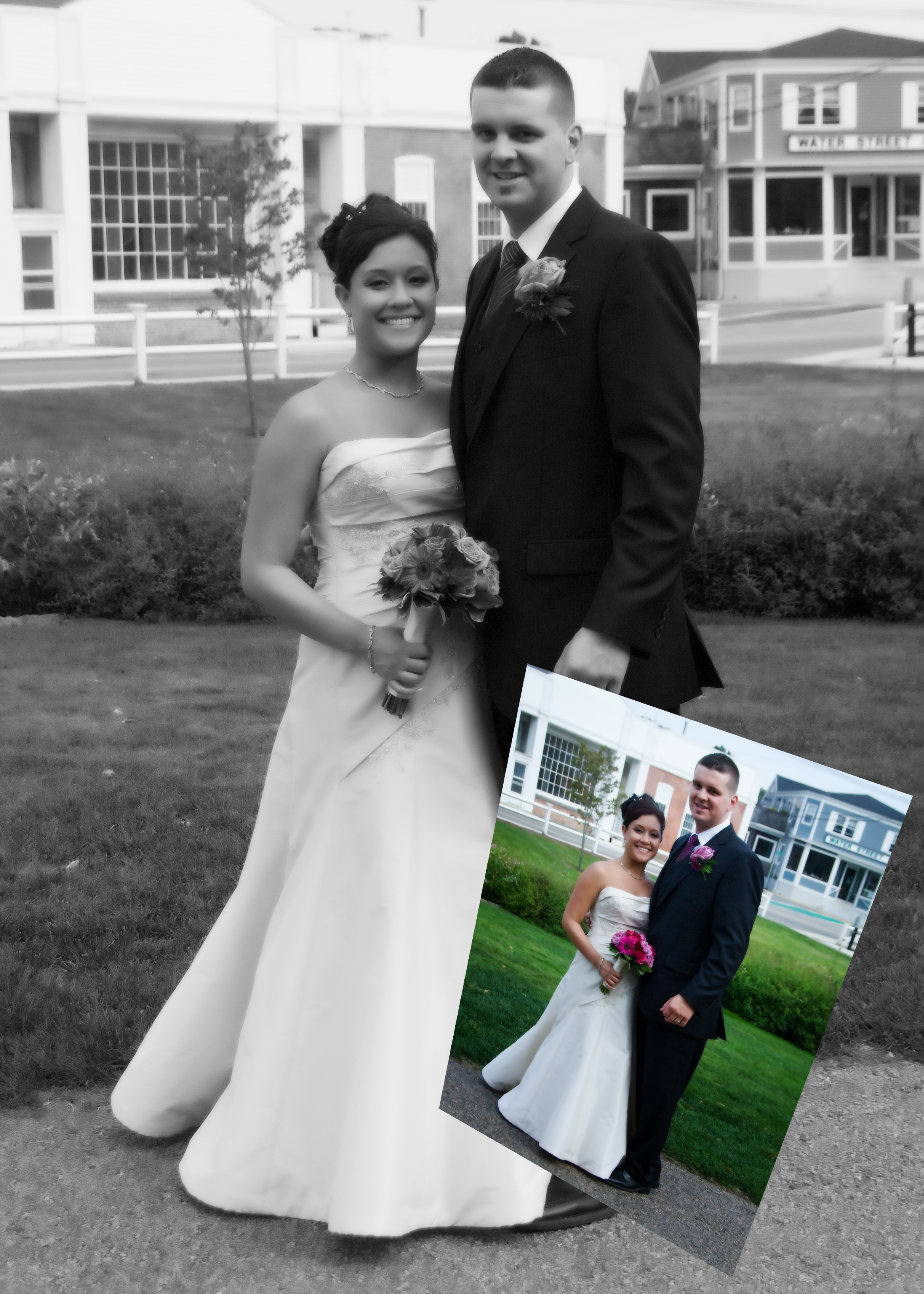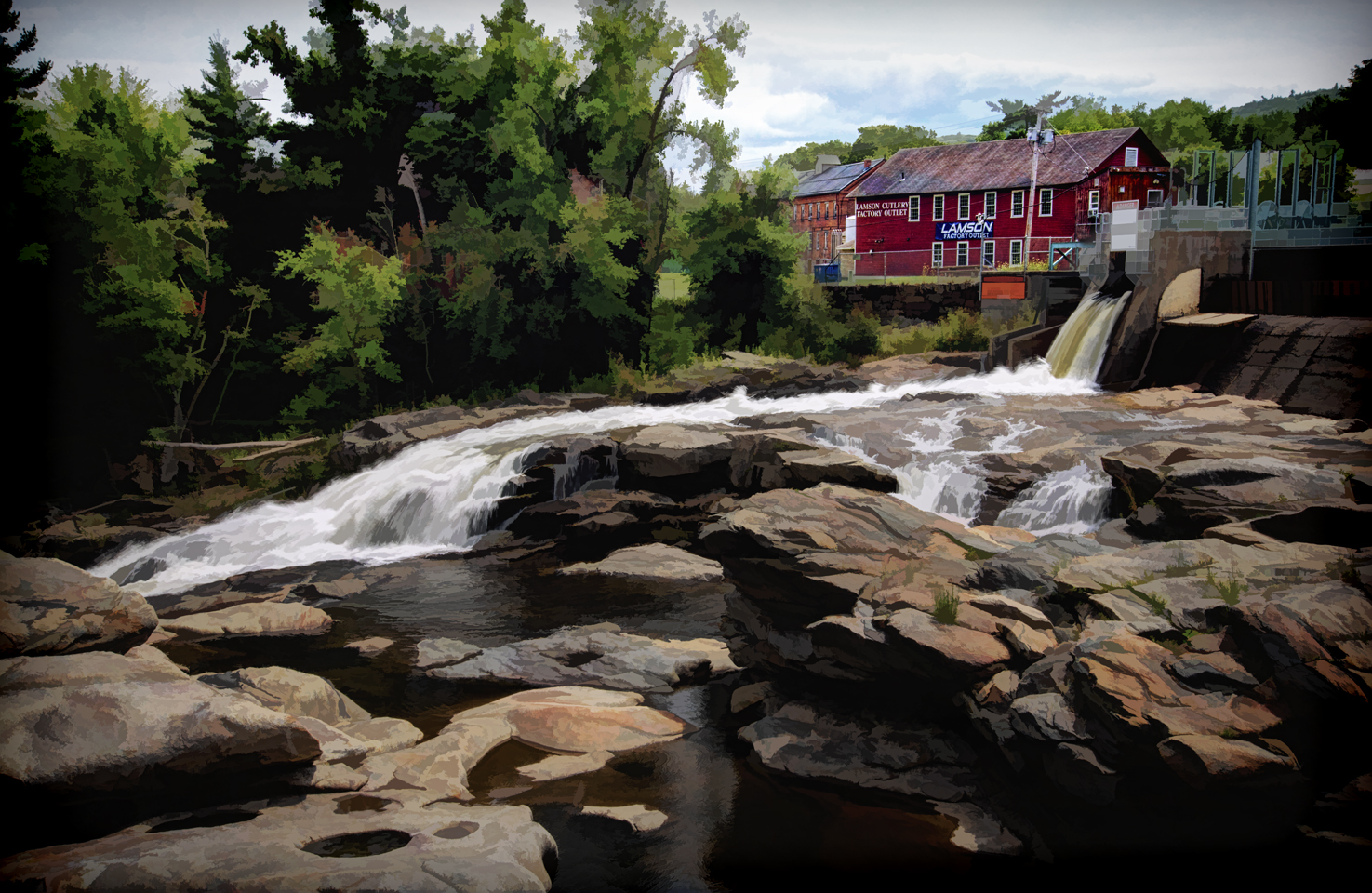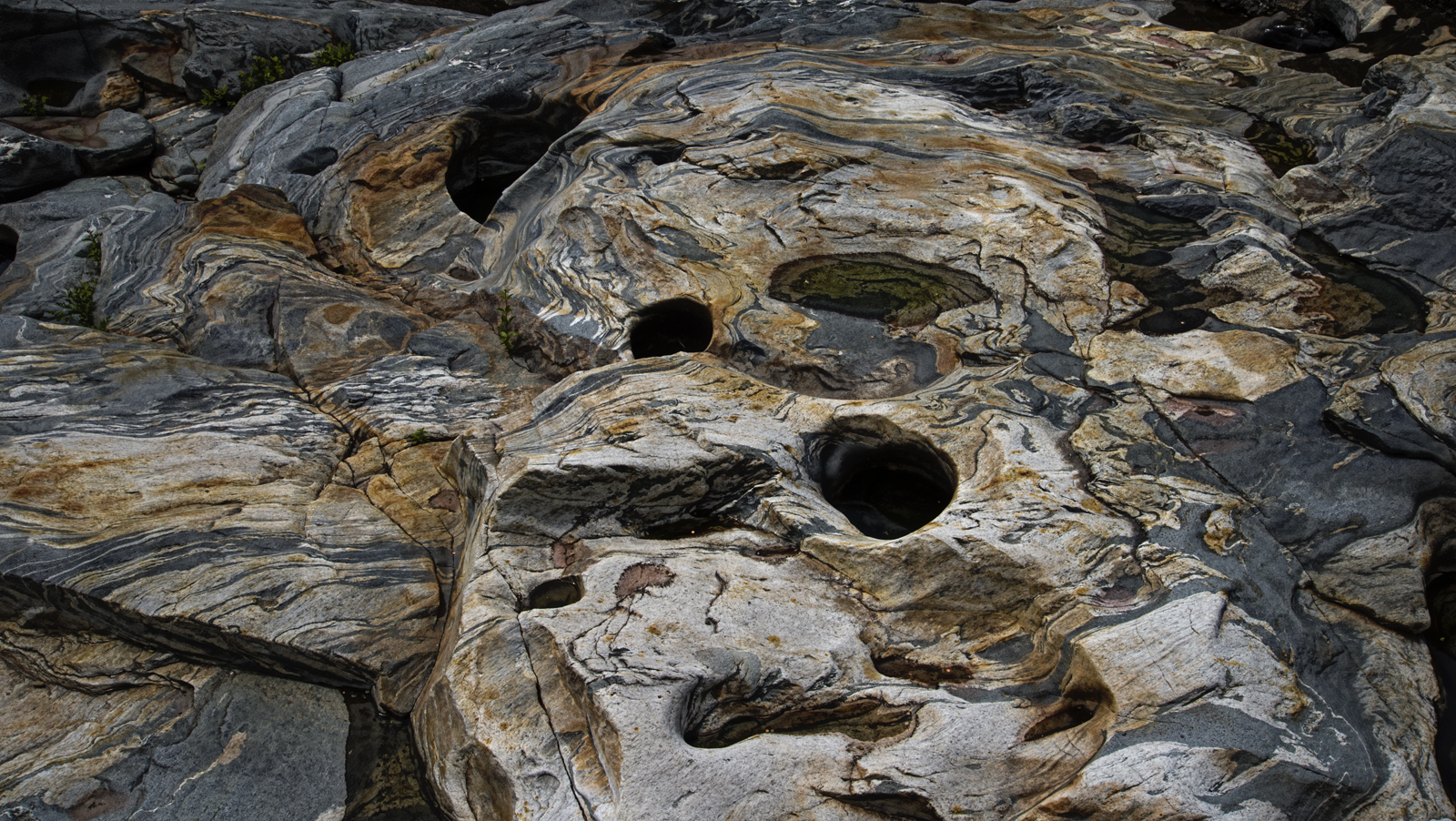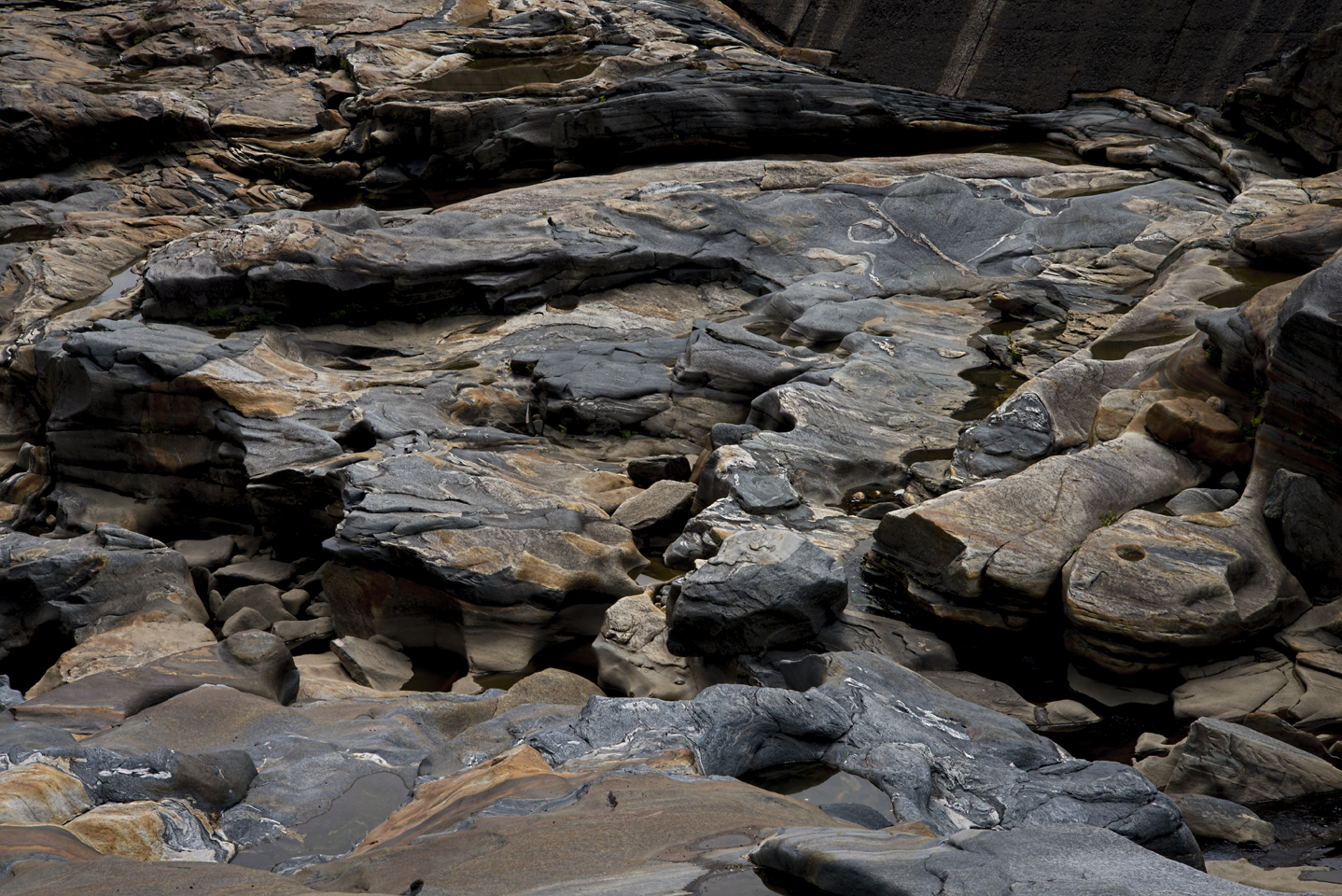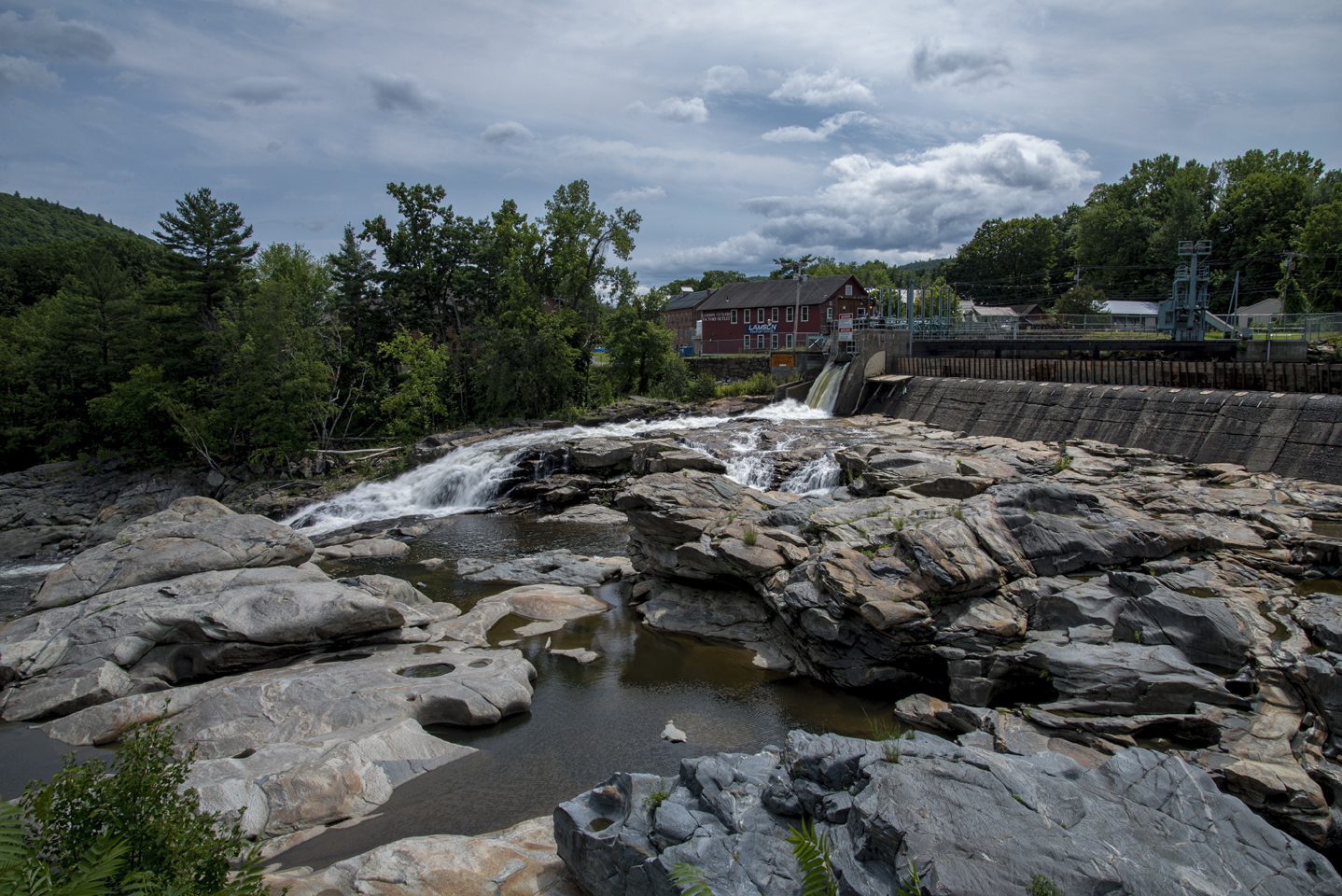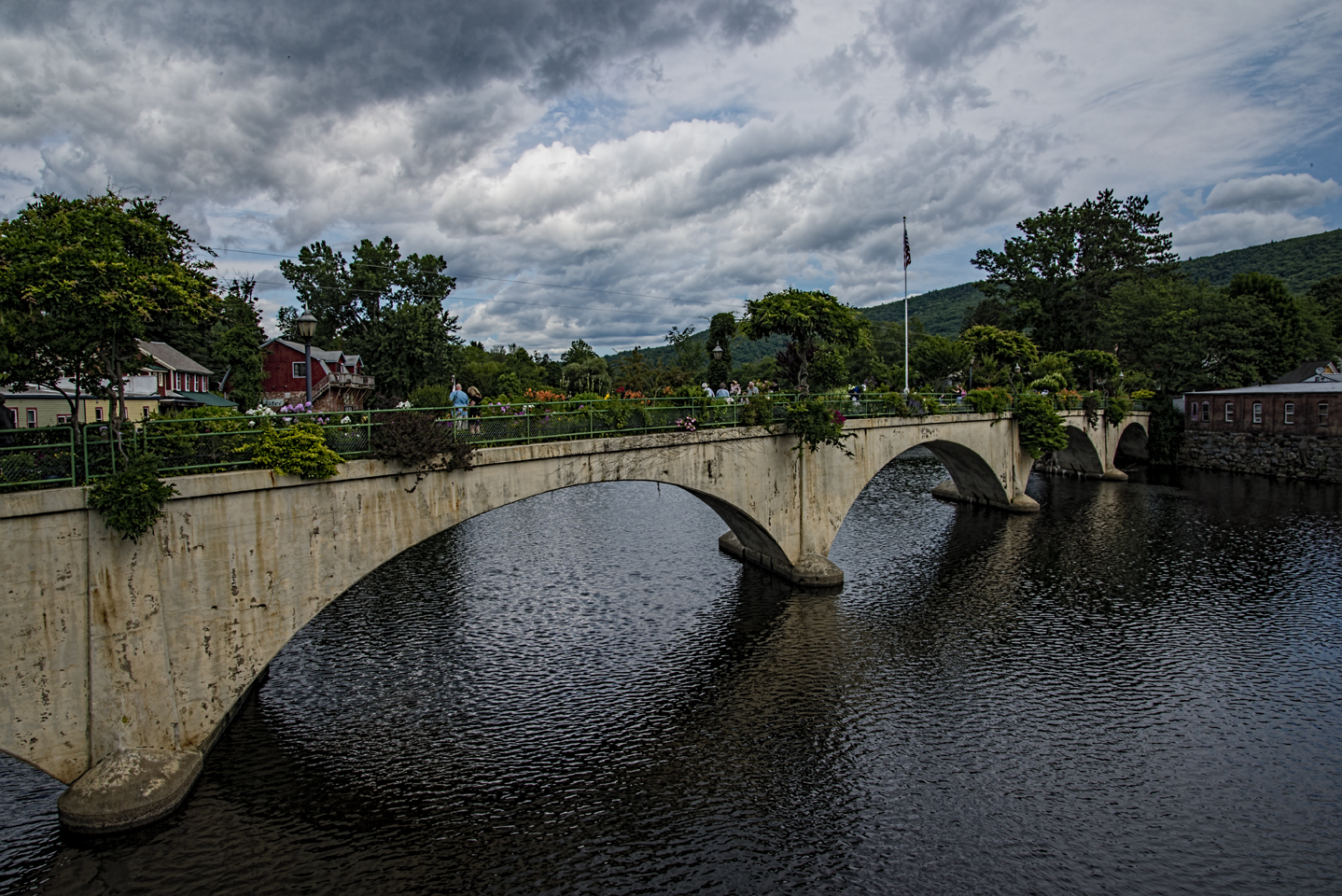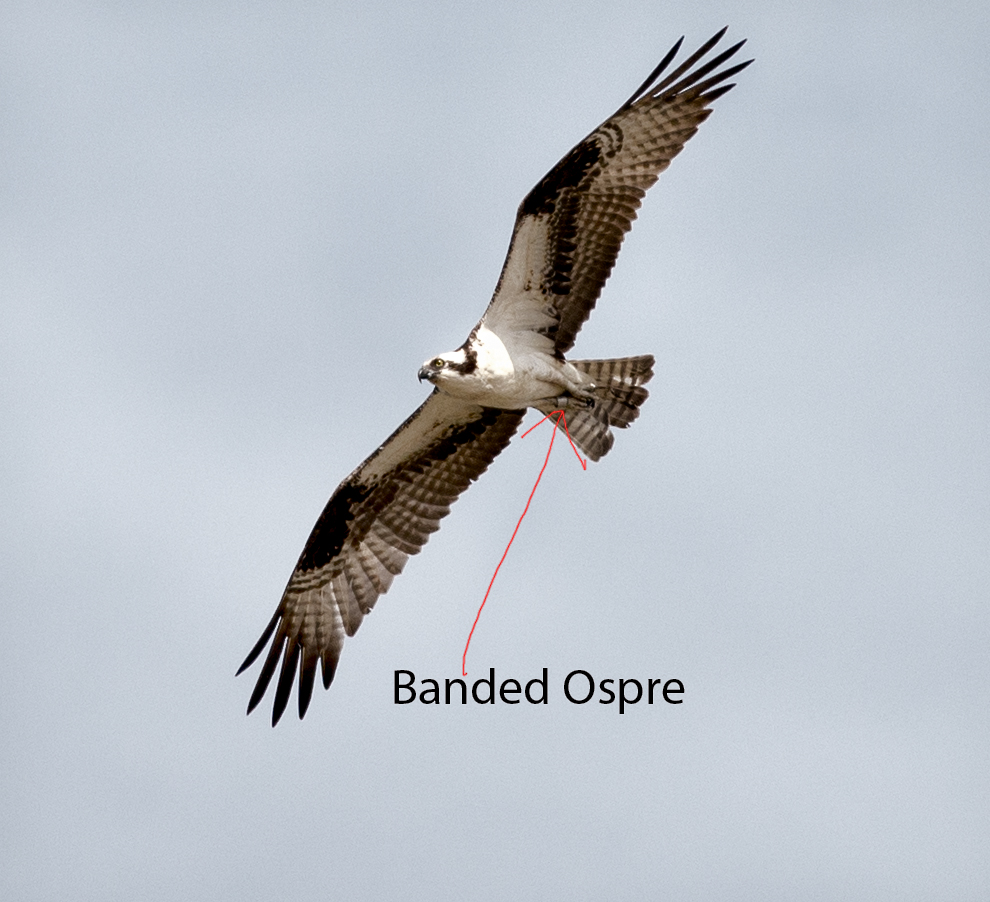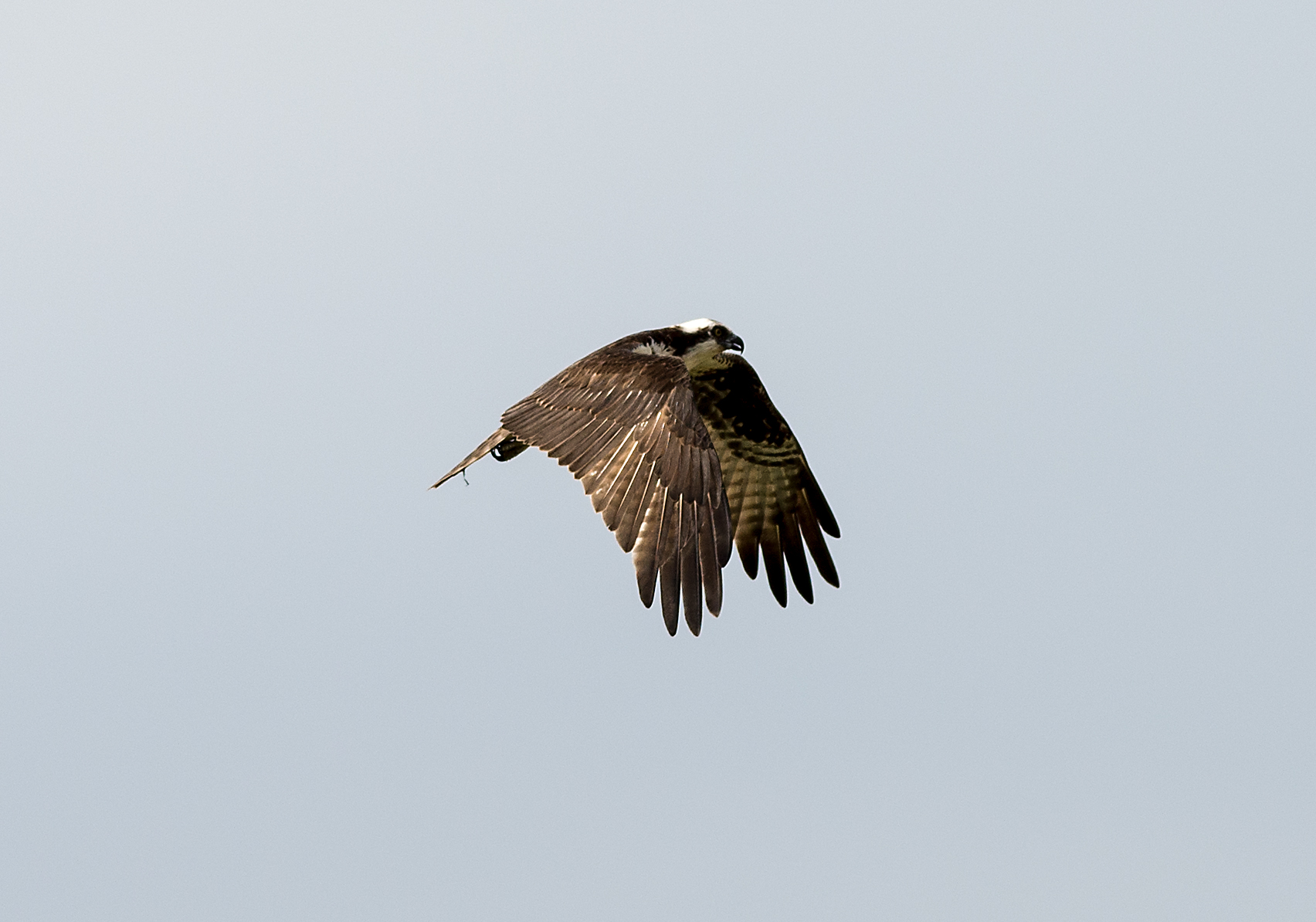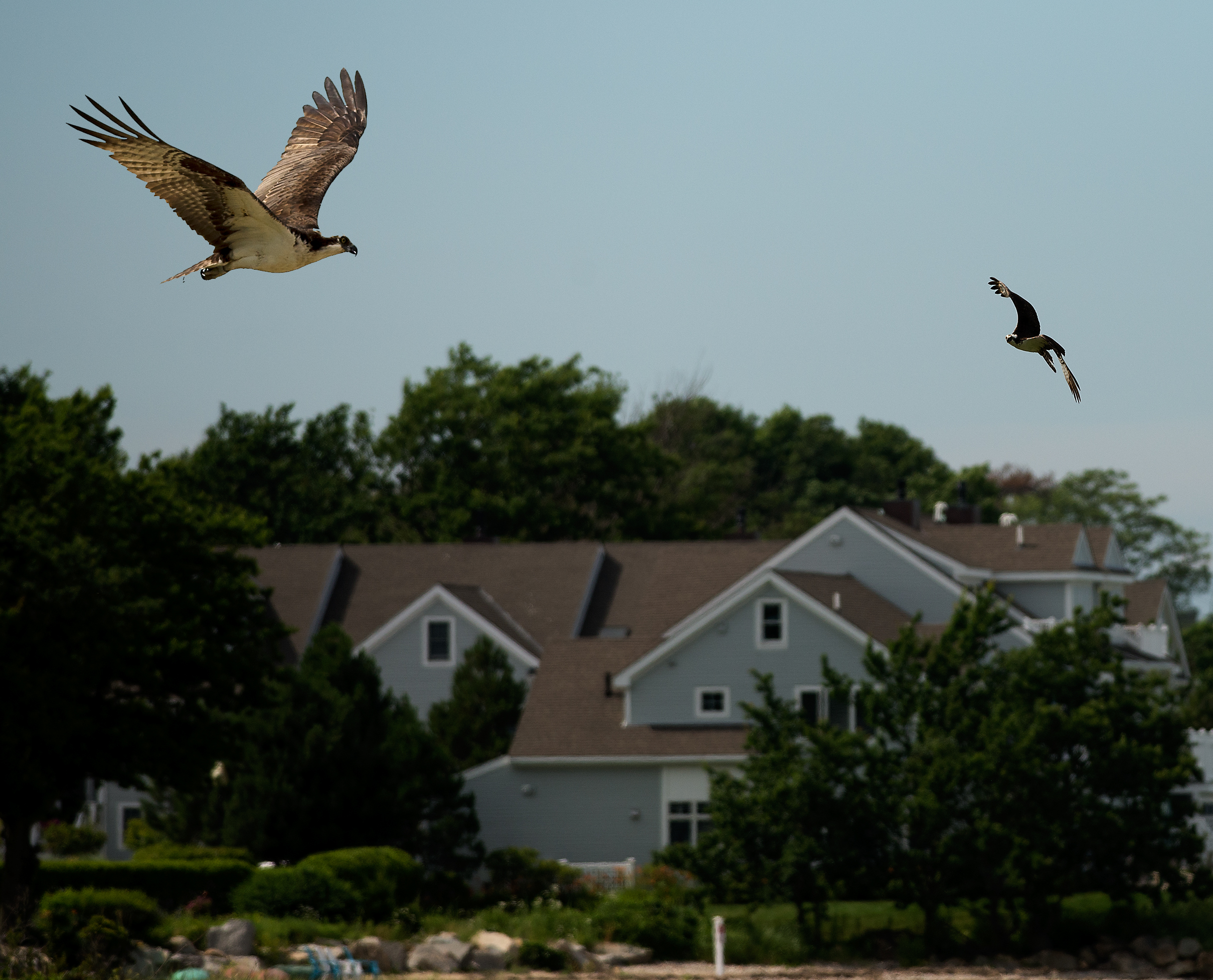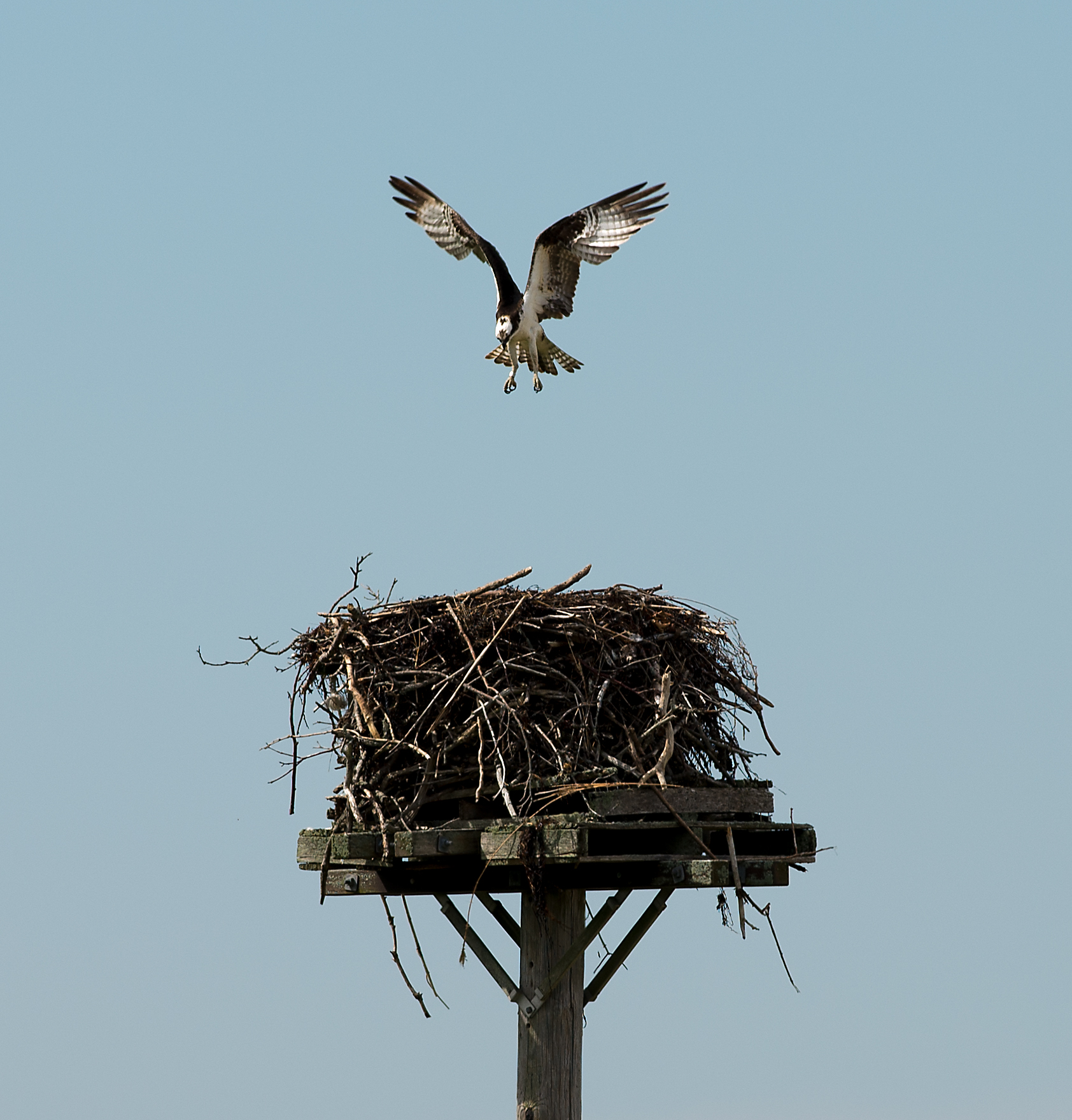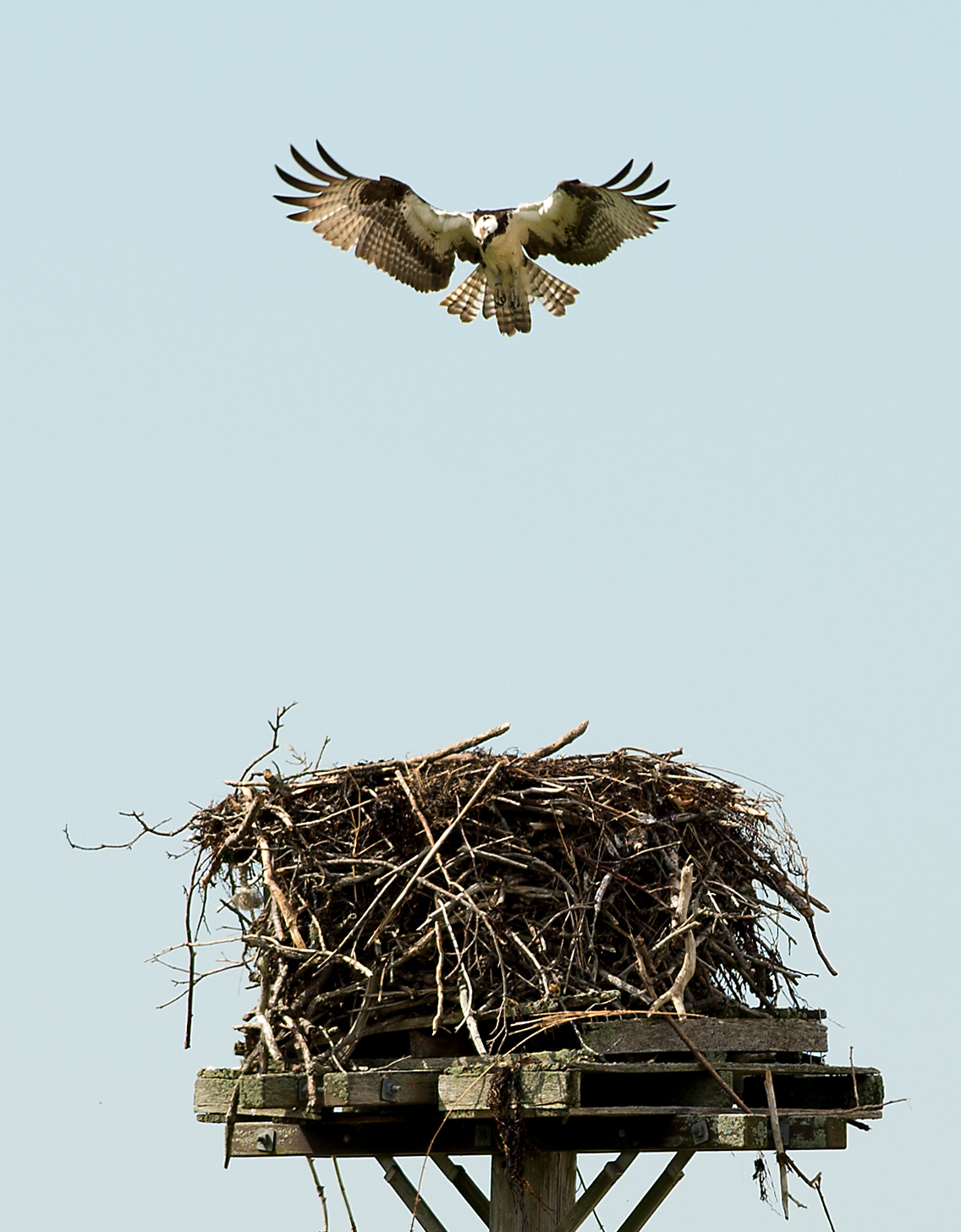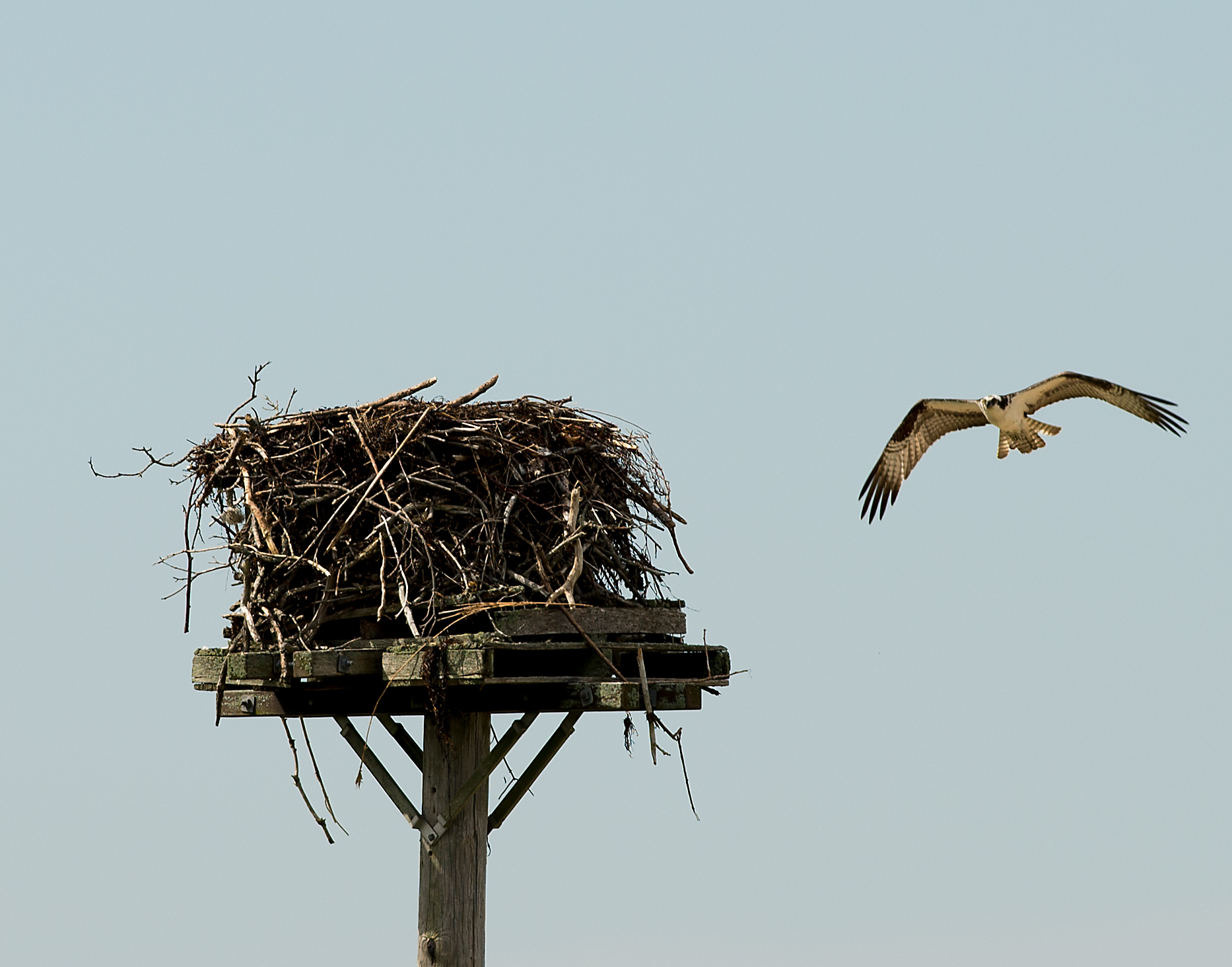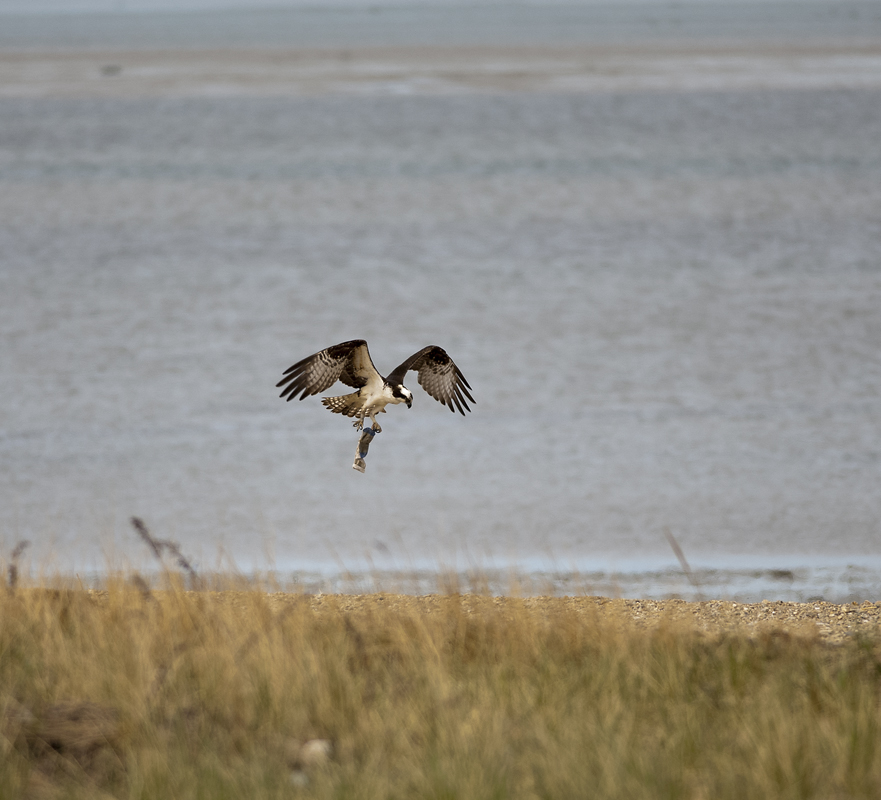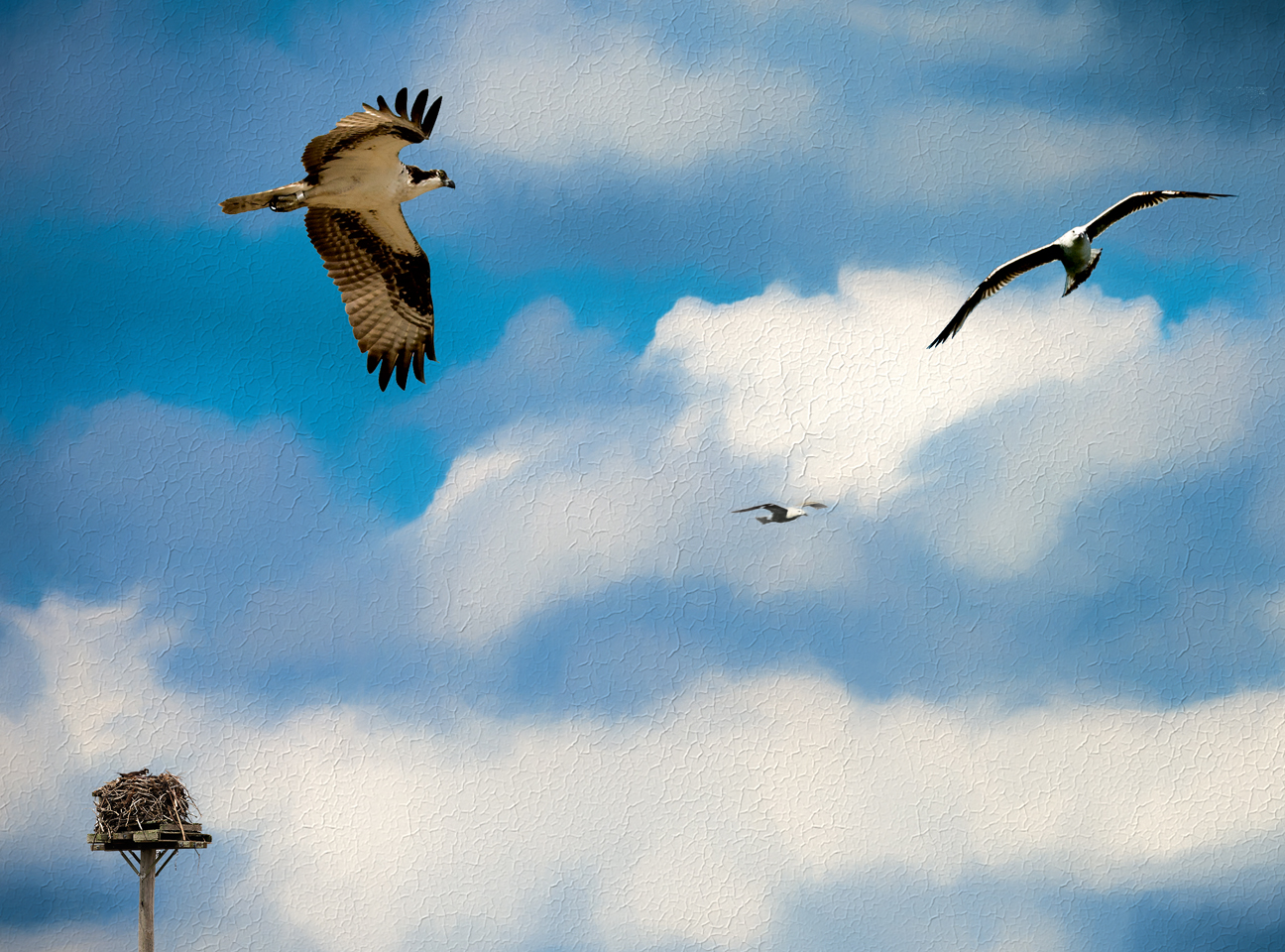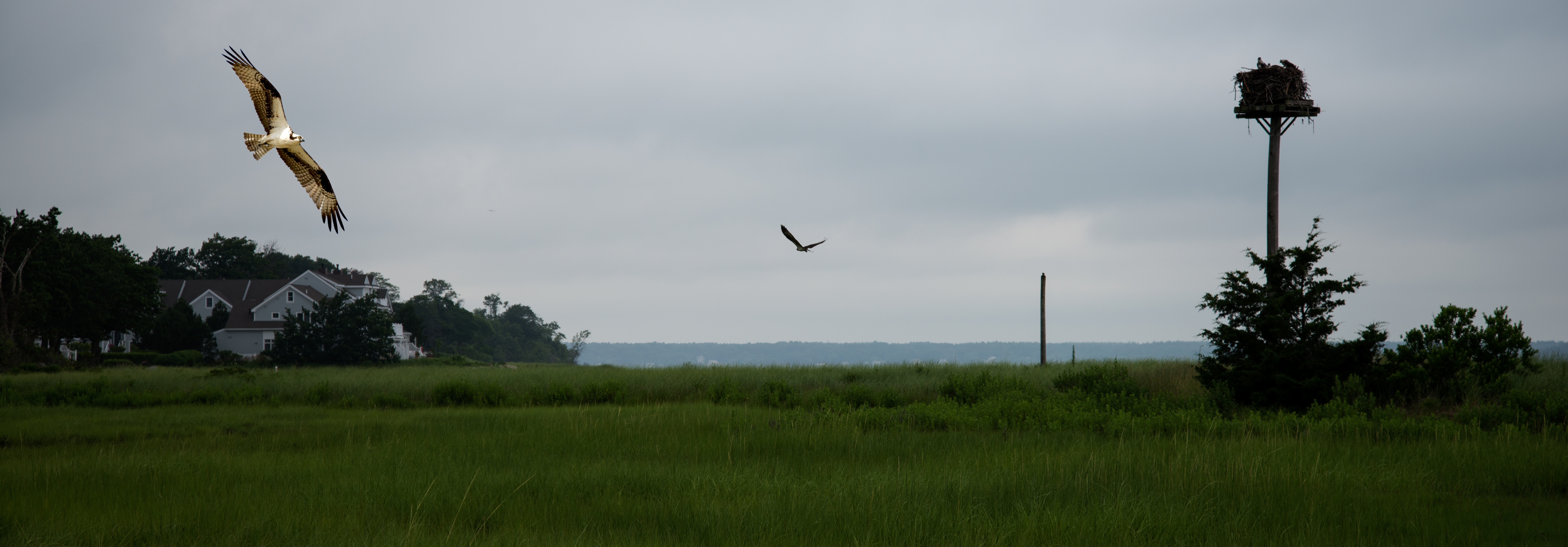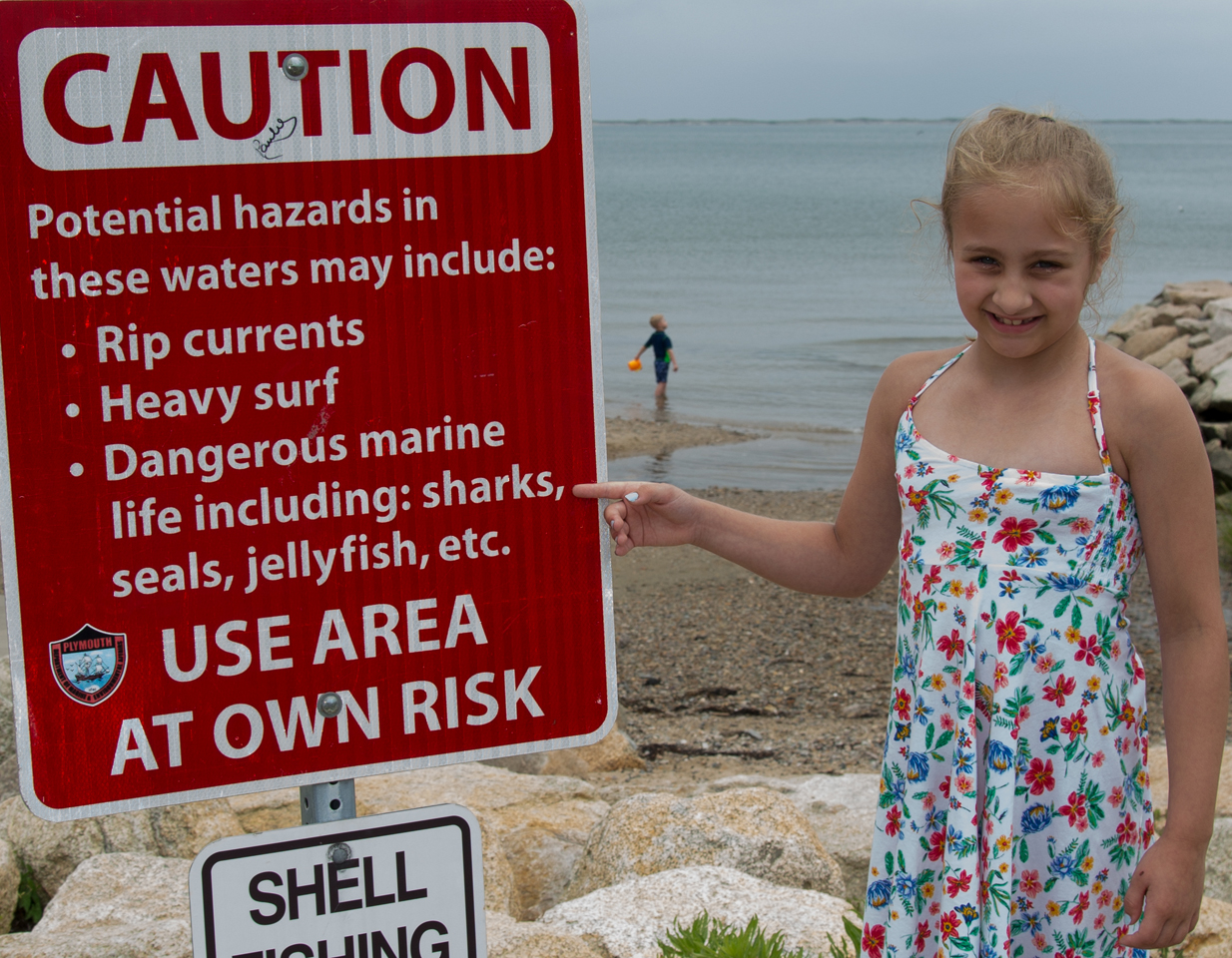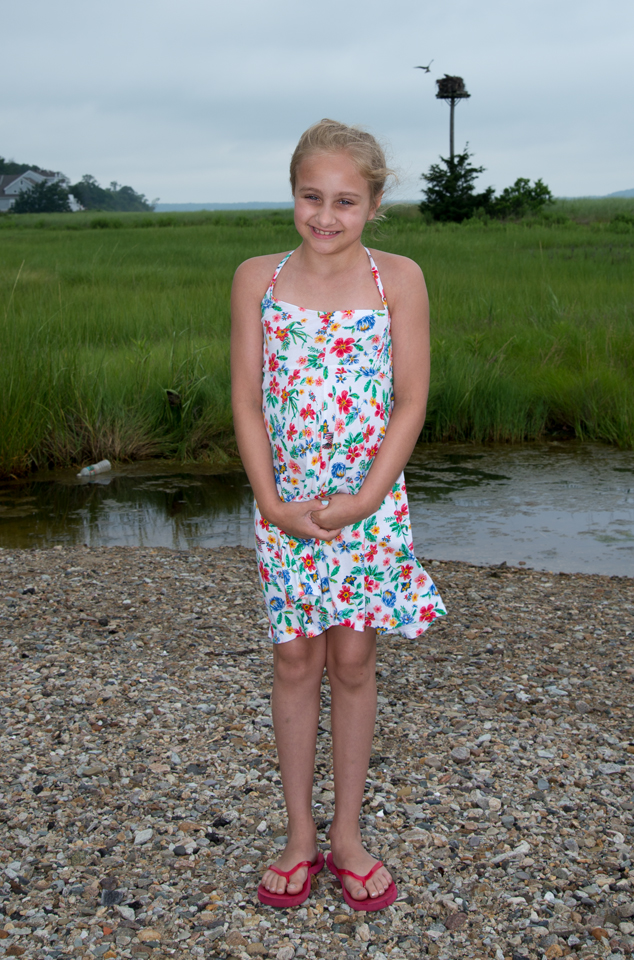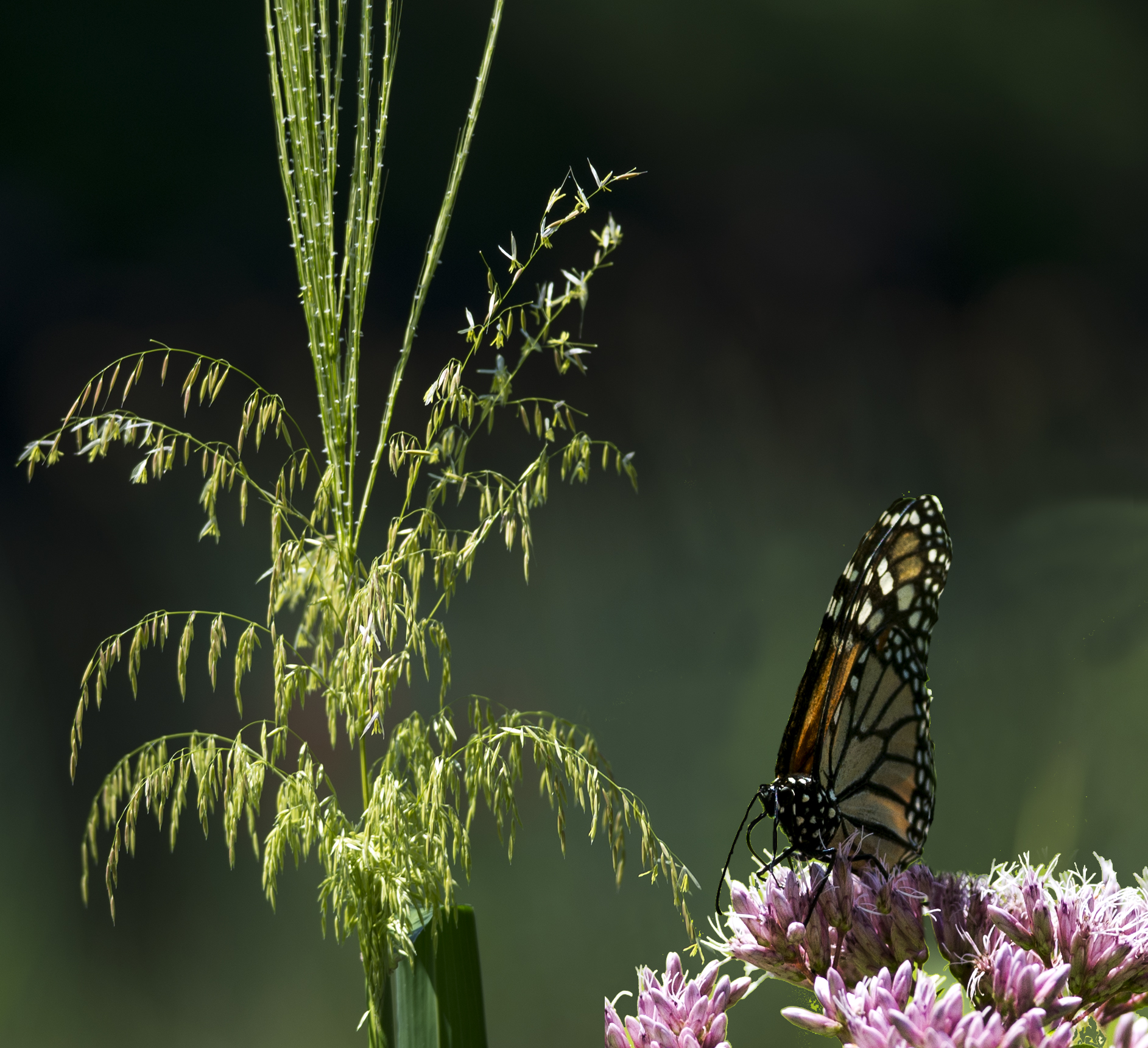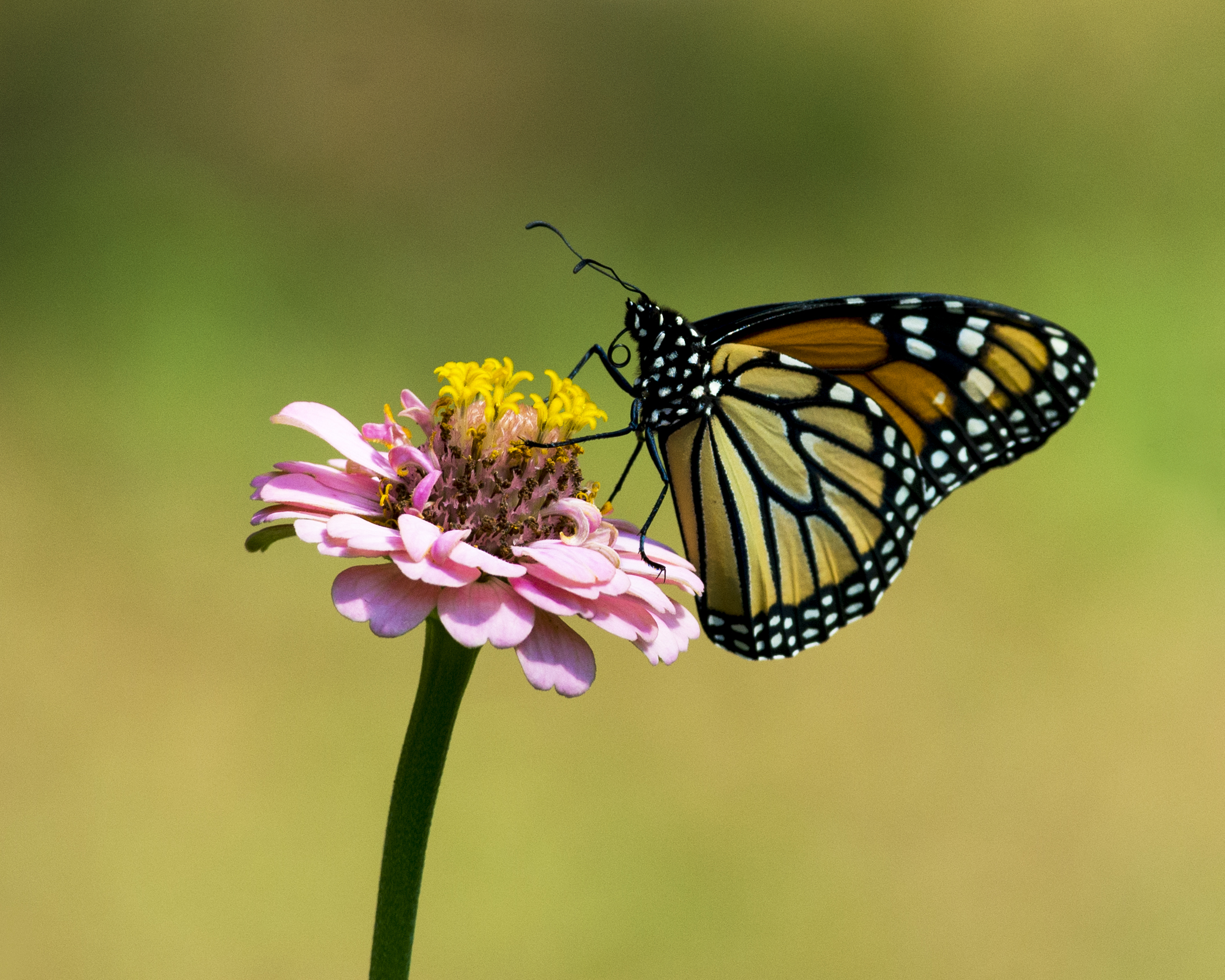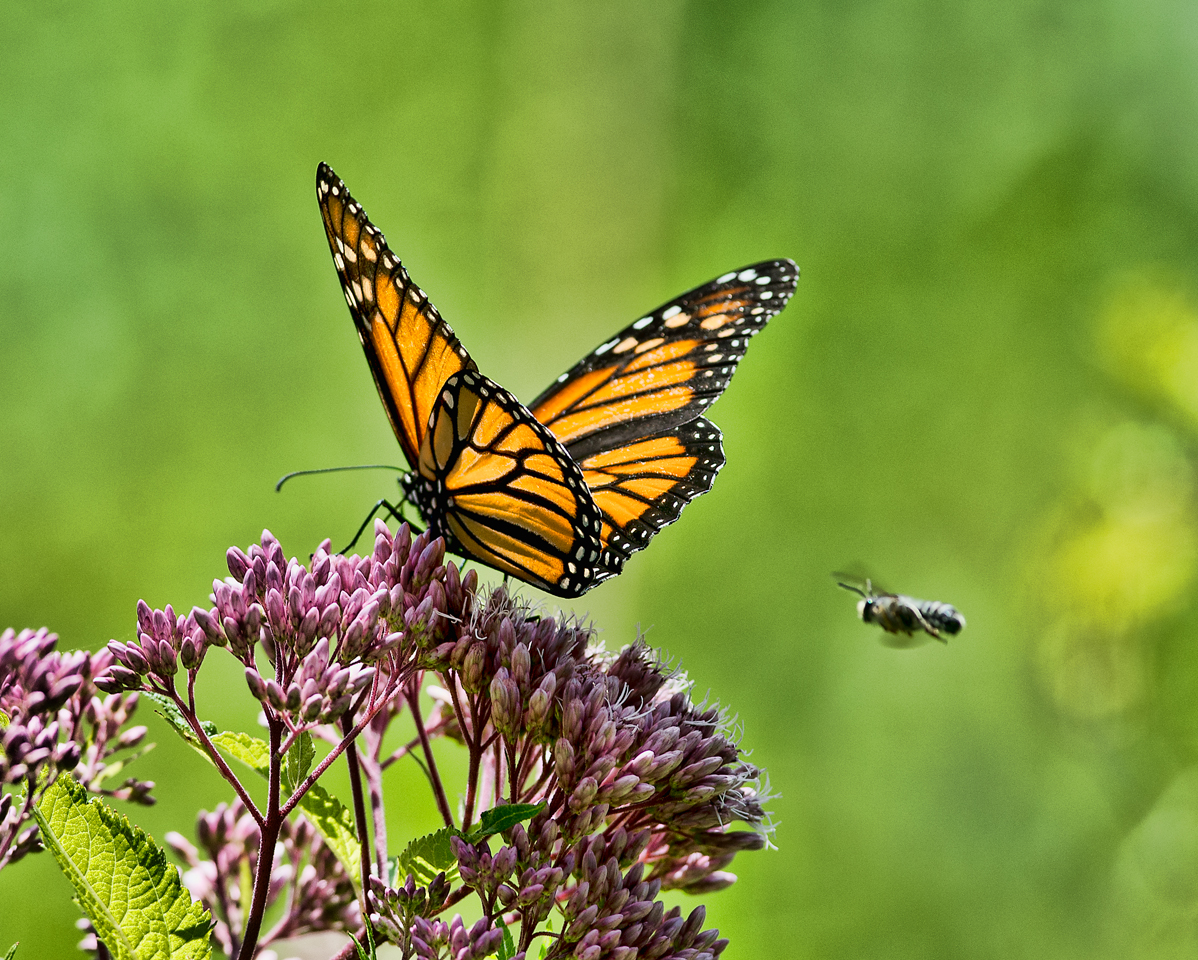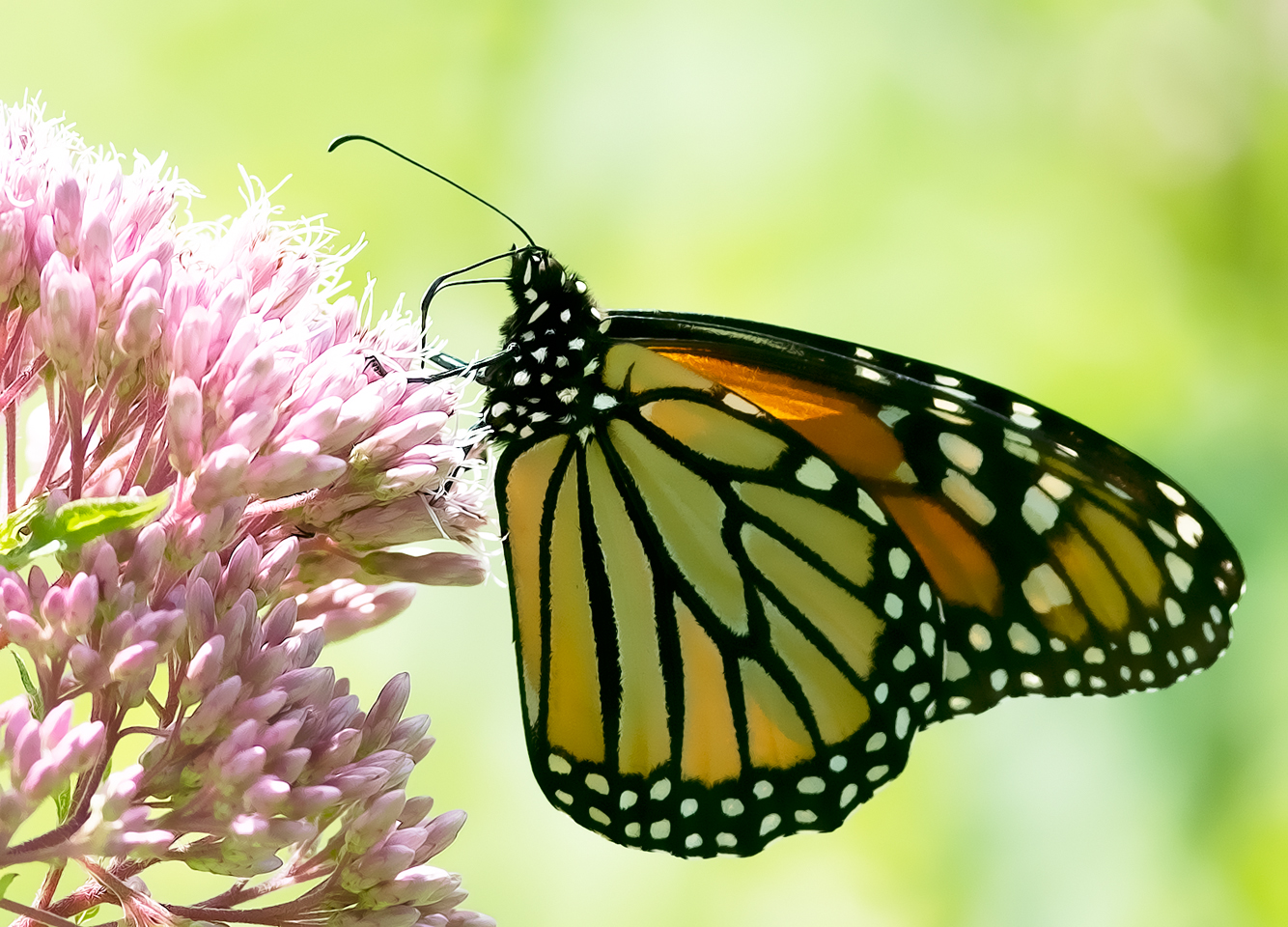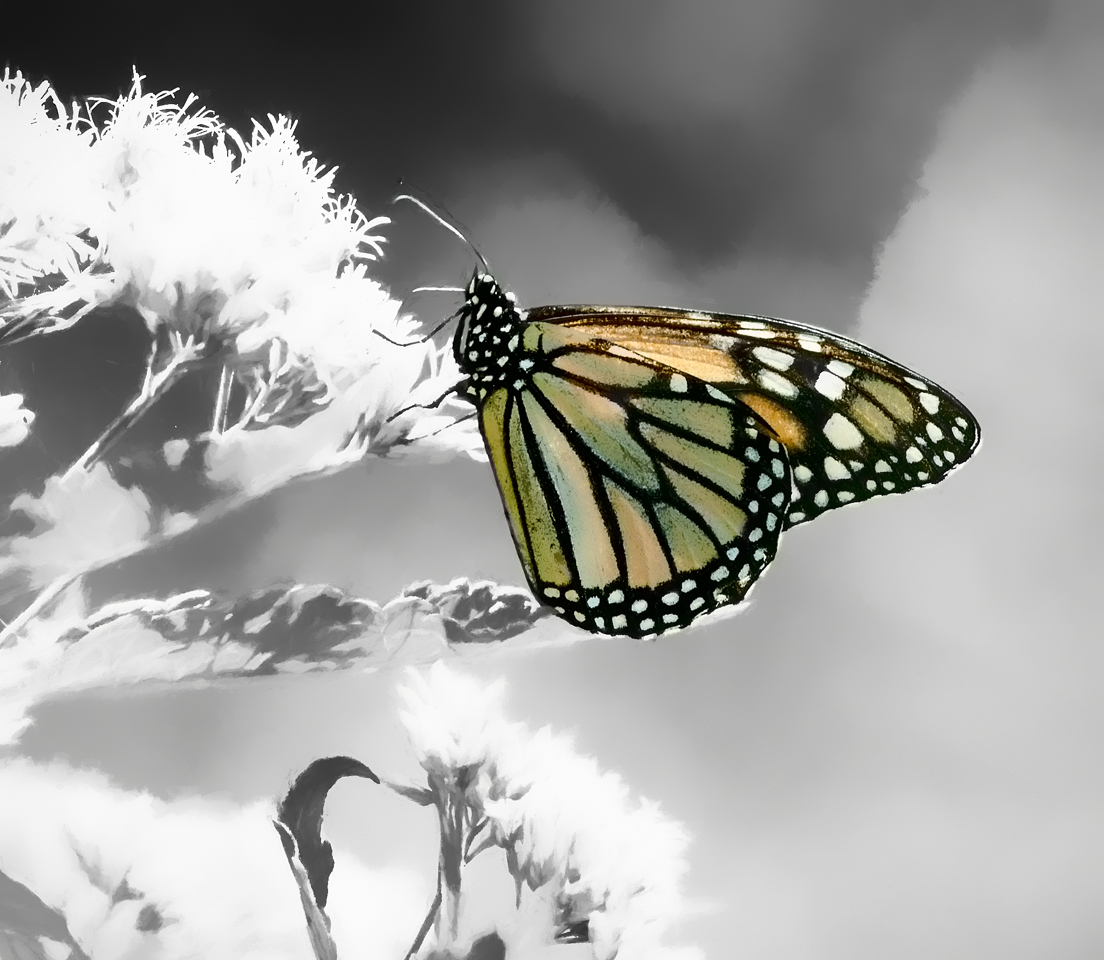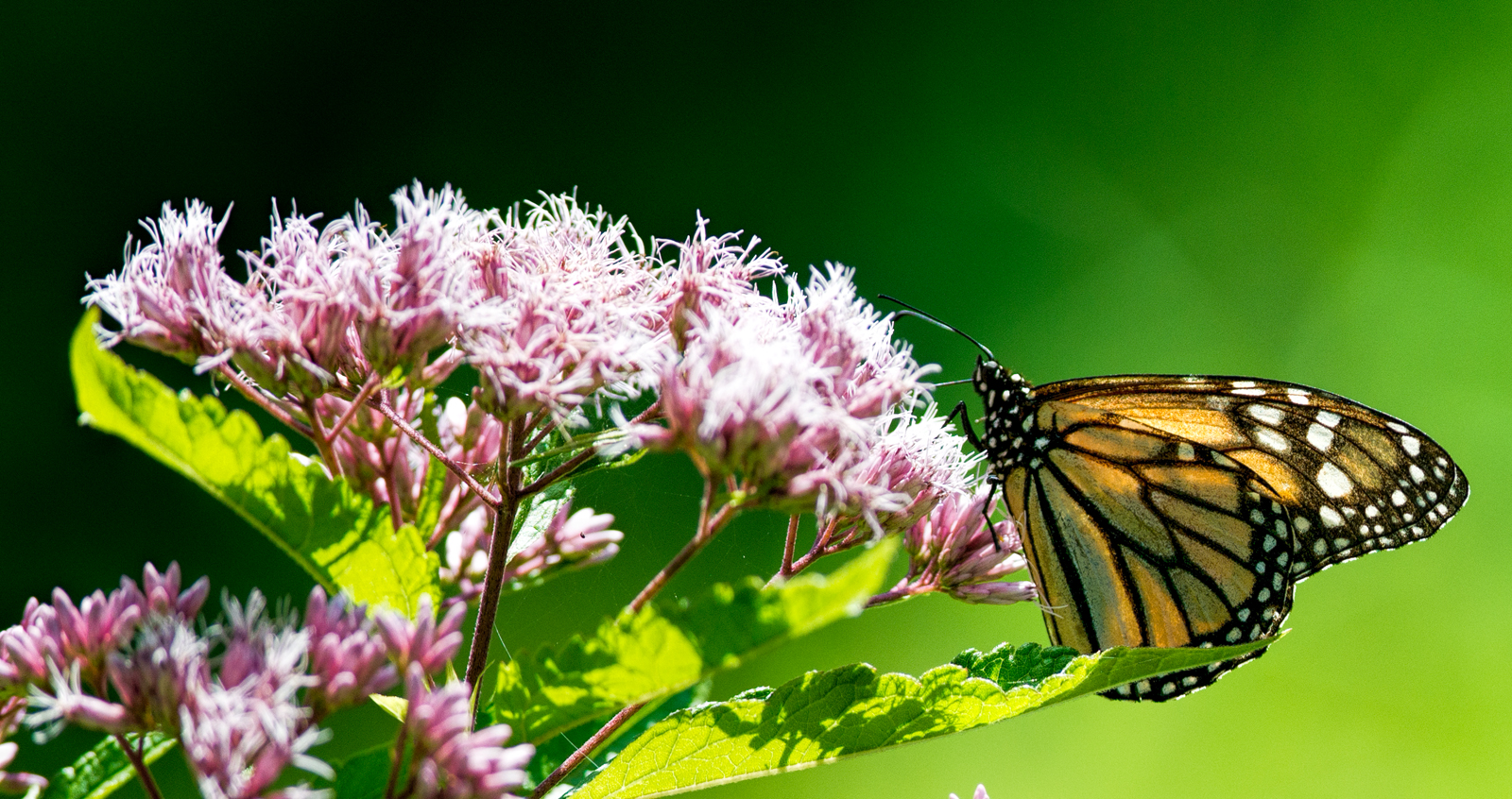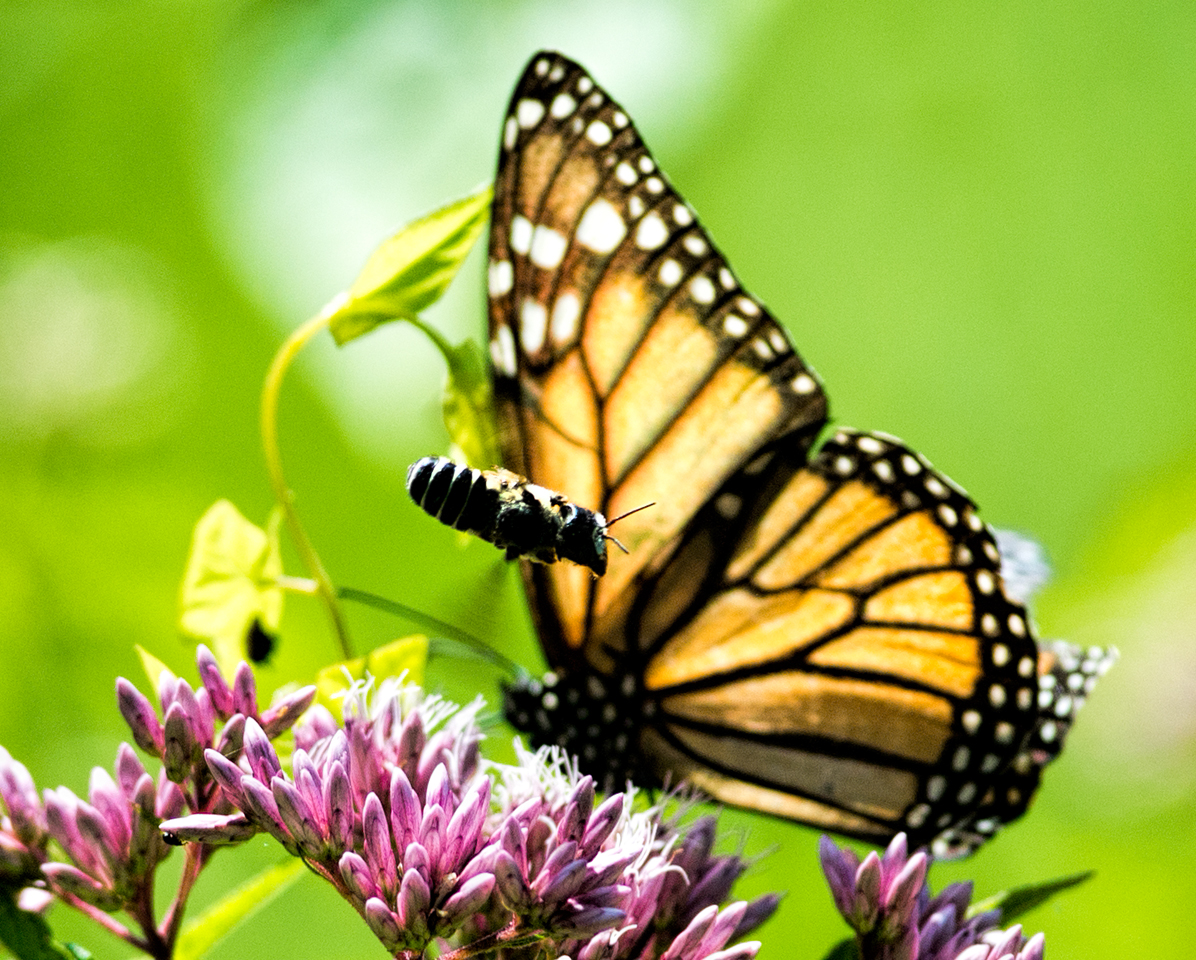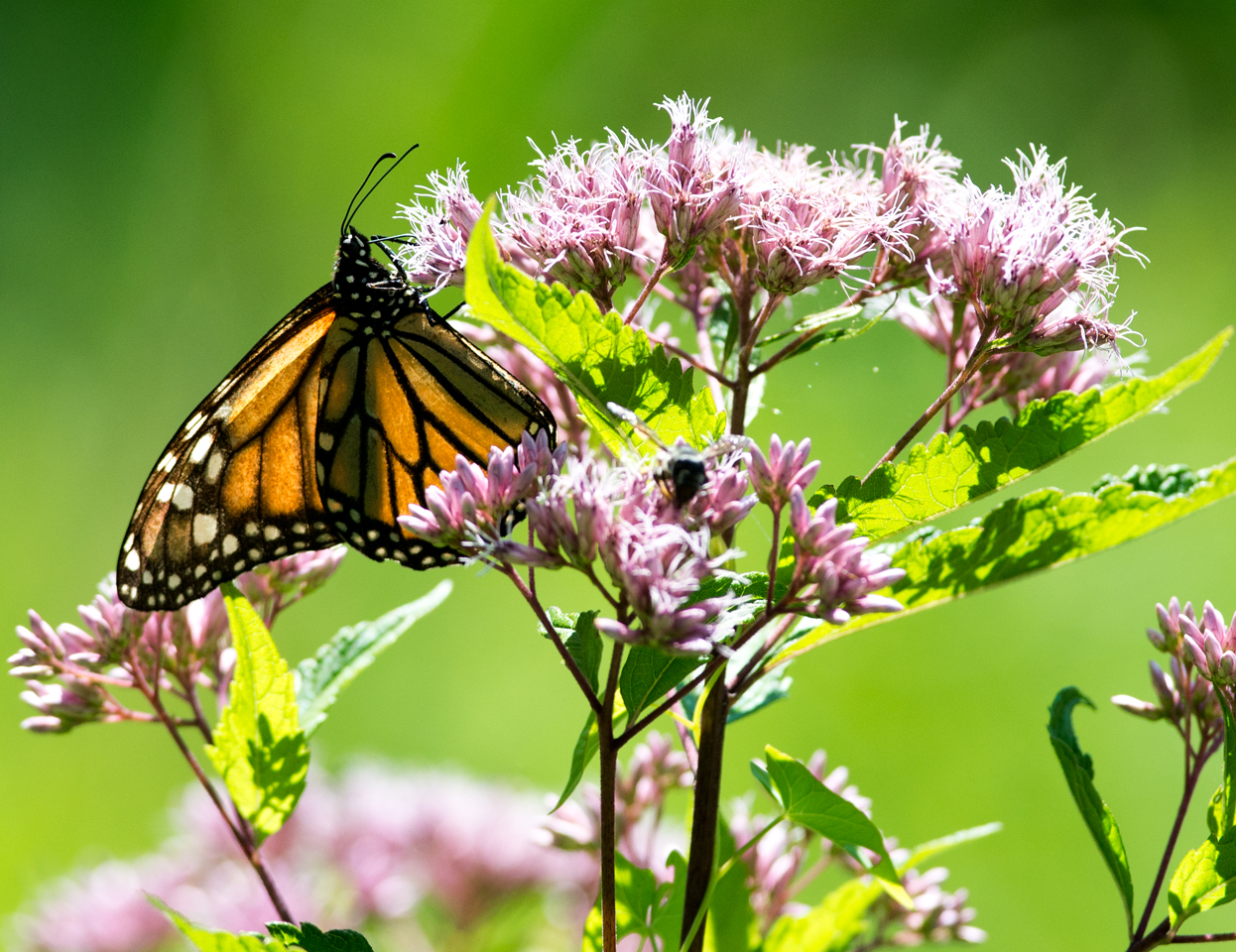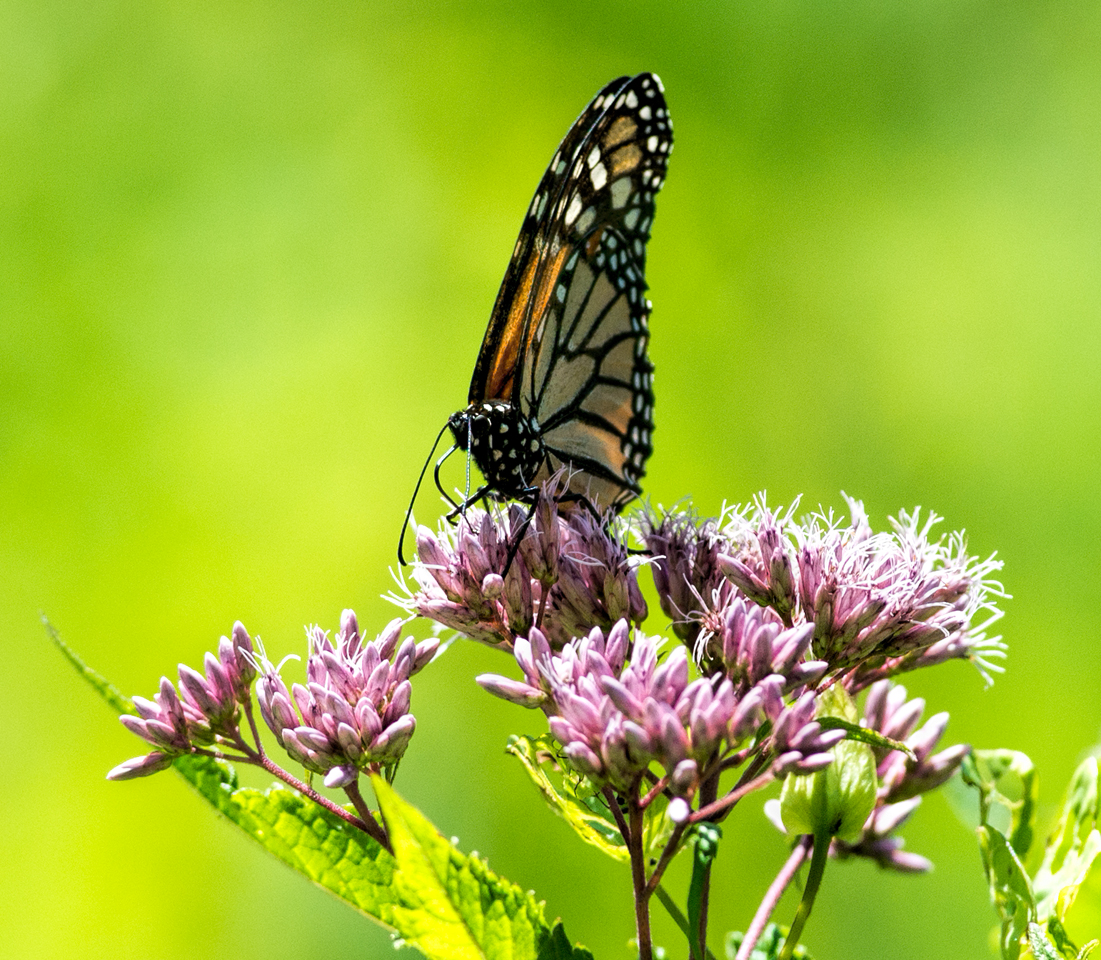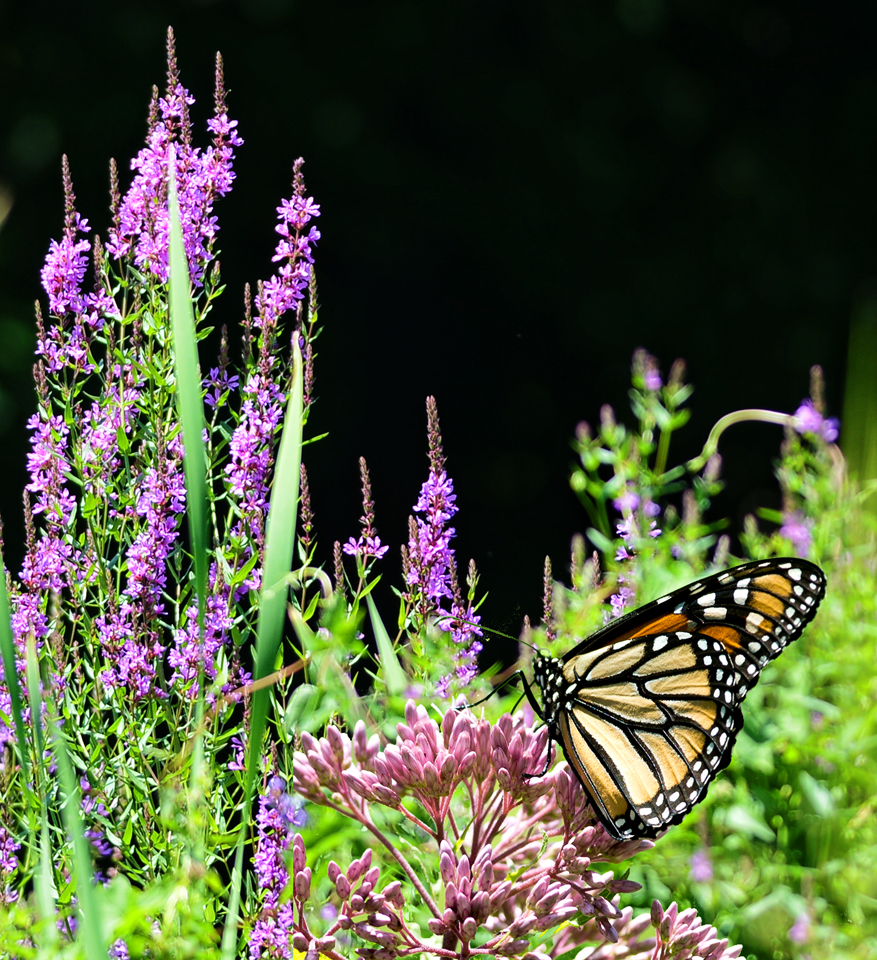“For what it’s worth: it’s never too late or, in my case, too early to be whoever you want to be. There’s no time limit, stop whenever you want. You can change or stay the same, there are no rules to this thing. We can make the best or the worst of it. I hope you make the best of it. And I hope you see things that startle you. I hope you feel things you never felt before. I hope you meet people with a different point of view. I hope you live a life you’re proud of. If you find that you’re not, I hope you have the strength to start all over again.”
From The Curious Case of Benjamin Button
Ospreys & Labor Day Weekend
Labor Day Weekend and Ospreys are still hanging around Nelson Park, Plymouth, MA. After a great end of summer get-away at the John Carver Inn today, we drove on up to Nelson Memorial Park to the sea side trail for a brisk walk. Beautiful day. The Ospreys we have seen all season were still here. We only watched two, so maybe the others have left. These two are getting on each others nerves. Soon they will get tired of this bickering, and head on out. They can hunt now on their own. Now, just need the courage to fly away. Where,? maybe French Guiana, South America.
P.S. The walk did us some good, especially after the fantastic meal we had at Dillon’s Local Pub, close to the waterfront. South Park Avenue to be exact. Pulled Pork Carnitas was a great alternative to most places serving the same old appetizers. We had the Bourbon Steak Tips prepared to perfection.
“This grand show is eternal. It is always sunrise somewhere; the dew is never dried all at once; a shower is forever falling; vapor is ever rising. Eternal sunrise, eternal dawn and gloaming, on sea and continents and islands, each in its turn, as the round earth rolls.” John Muir
Is This a Heron, Egret or Crane? After the Ospreys left, there was still more great stuff happening @ Nelson Park
My New Shirt
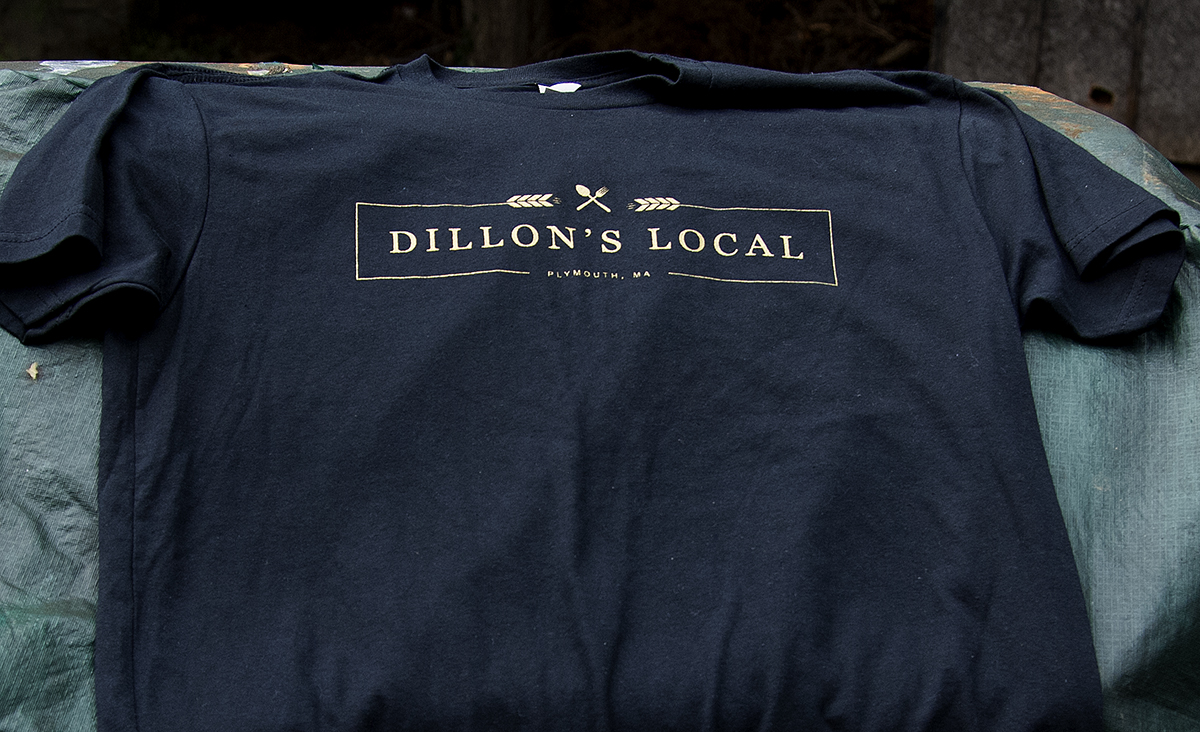
Plant A Bee Garden (click to comment)
Water Lilies
Water lilies maintain the well-being of the ponds they inhabit. They provide shade to keep the water temperature down during the hot summer months. Blocking out some sunlight, the lilies help to keep the algae growth down. Their shade also gives shelter to any fish that may be in the pond. They also absorb nutrients in the water that would normally feed undesirable green plants, keeping the water clear and clean-looking. Just a couple of miles from our home, the Jewel of the Pond is blooming quite lovely. Click on CONTINUE READING for images.
Continue reading “Water Lilies”
Plymouth Eclipse With Jackson
What better place to spend the day, Plymouth, MA, waterfront. Especially on the “Great American Eclipse”, day. April 2024 will be the next one. I hope crickets will chirp and streetlights pop on during this one. Jackson, where were you on August 21, 2017 ?
There is no science in this world like physics. Nothing comes close to the precision with which physics enables you to understand the world around you. It’s the laws of physics that allow us to say exactly what time the sun is going to rise. What time the eclipse is going to begin. What time the eclipse is going to end. “Neil deGrasse Tyson”
If the sun were just a little bit bigger or the moon a bit farther away, total solar eclipses may never occur. But they do, and it turns out this celestial phenomenon that has changed human history, and our perspective of the universe, may be a sheer coincidence. So until 2024, REMEMBER: Looking directly at the sun, even when it is partially covered by the moon, can cause serious eye damage or blindness. NEVER look at a partial solar eclipse without proper eye protection.
Who Am I
The Potholes: Not ‘glacial,’ ?
The Potholes, Not ‘Glacial”, sorry folks (read more)
“Illusions can be pleasant, but the rewards of truth are enormously better.”
― Sean Carroll, The Big Picture: On the Origins of Life, Meaning, and the Universe Itself
And of course, The Bridge of Flowers
It strikes me that all our knowledge about the structure of our Earth is very much like what an old hen would know of the hundred-acre field in a corner of which she is scratching.
Charles Darwin
From wintering grounds in South America to Nelson Park
Back in Plymouth MA, Nelson Park, again for more Osprey viewing. Great day too. One image below shows a Banded Osprey. Click to enlarge. The images were pushing the distance on my lens, so the quality is somewhat missing. There is enough stress in our environment without me adding to it. And of course, Chloe and I last weekend. Chloe will tell you everything you ever wanted to know about our Environment, then on the way home, she will write a narrative on our adventure. Oh, did I tell you, she is only 8 years old.
(below) this is what I see through my eyes.
Milkweed
“Just when the caterpillar thought the world was over, it became a butterfly.”
“Why, sometimes I’ve believed as many as six impossible things before breakfast!”
One of the biggest factors in monarch decline is the increasing scarcity of its only caterpillar host plant: milkweed. Or is it? Lack of milkweed may not be the only culprit.
READ MORE OR MORE HERE
Monarch collecting nectar on milkweed, Oliver Mill Park, Middleboro, MA
Monarch and Honey Bee
Best Birthday Gift
Couldn’t ask for a nicer birthday gift from someone special. Chloe, my granddaughter loves nature, and of course, raccoons. So, this is my gift as i turn 62 years old.
